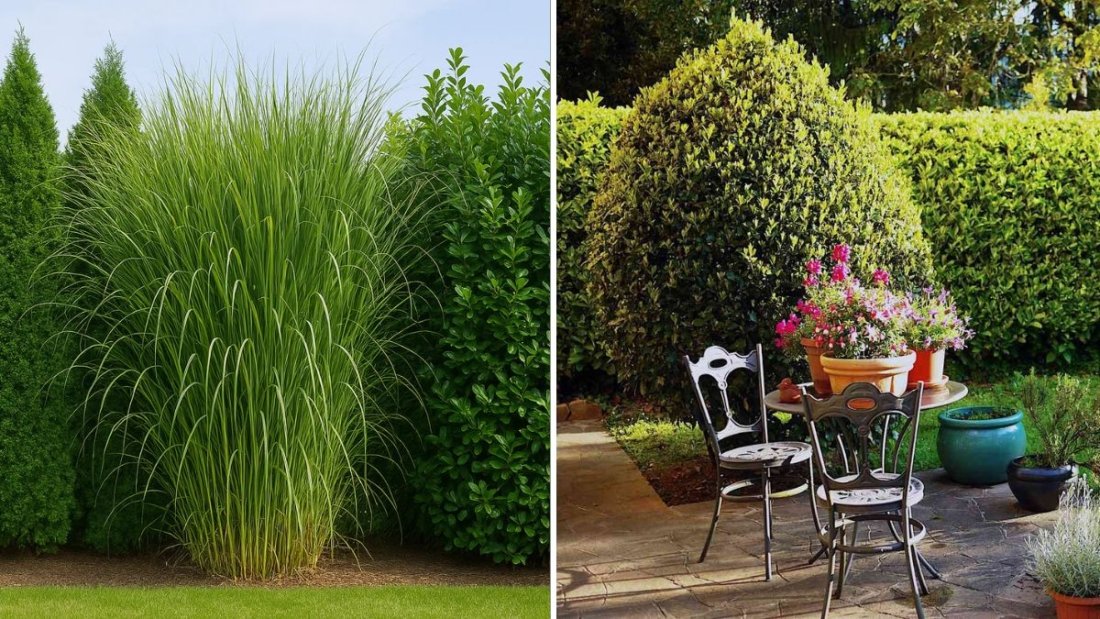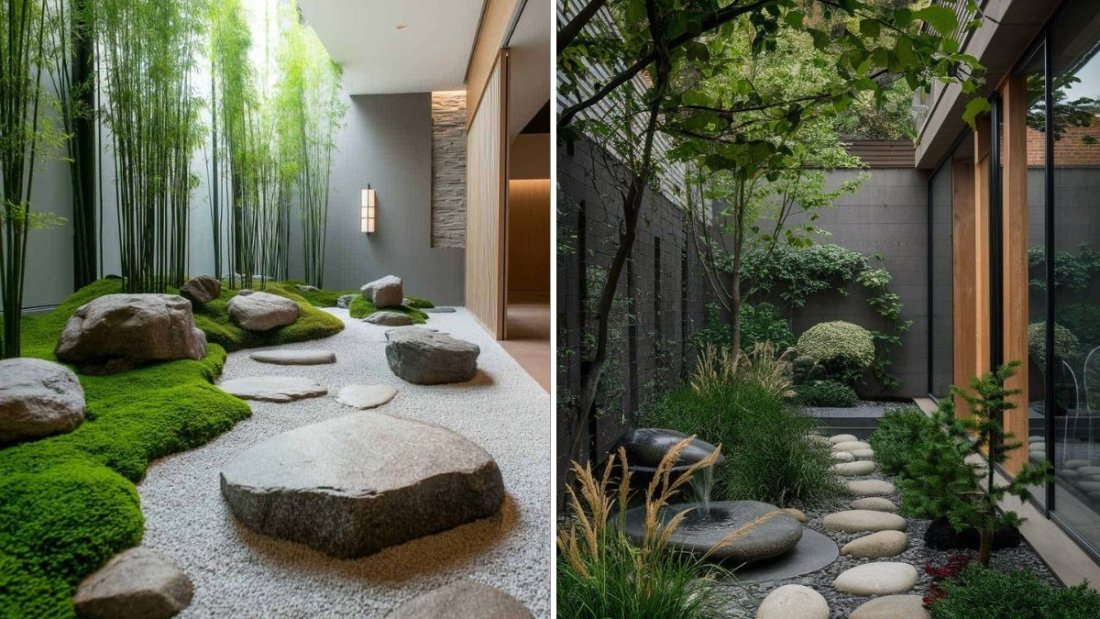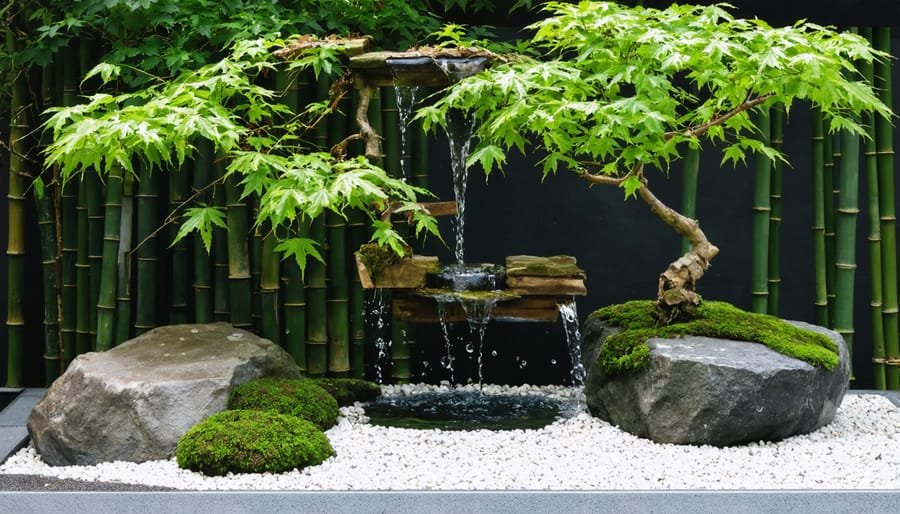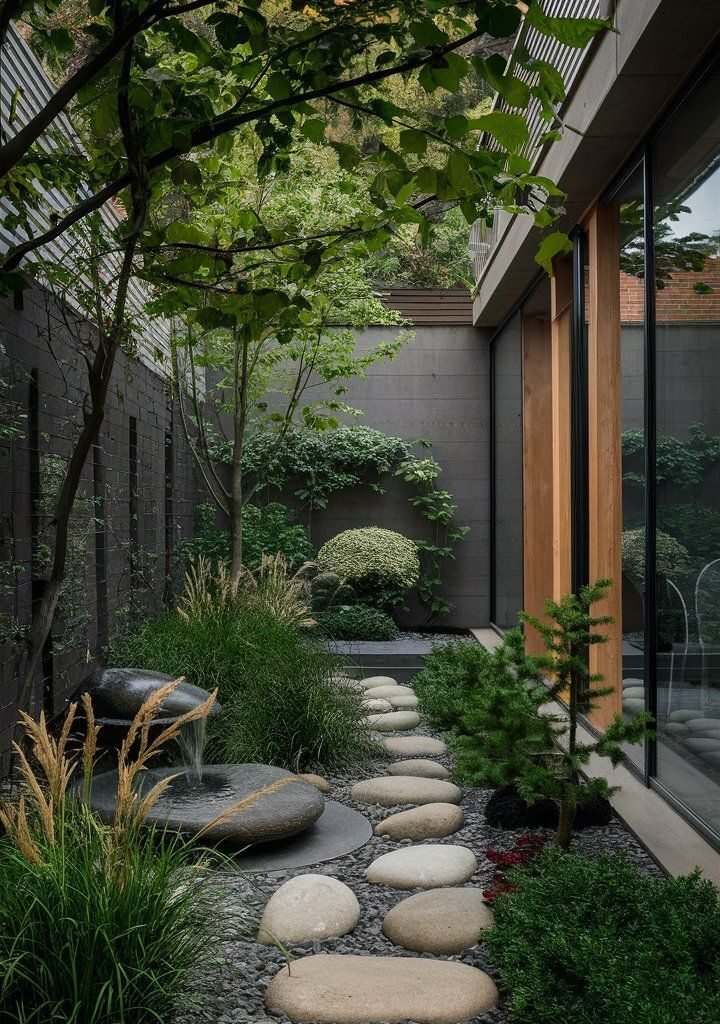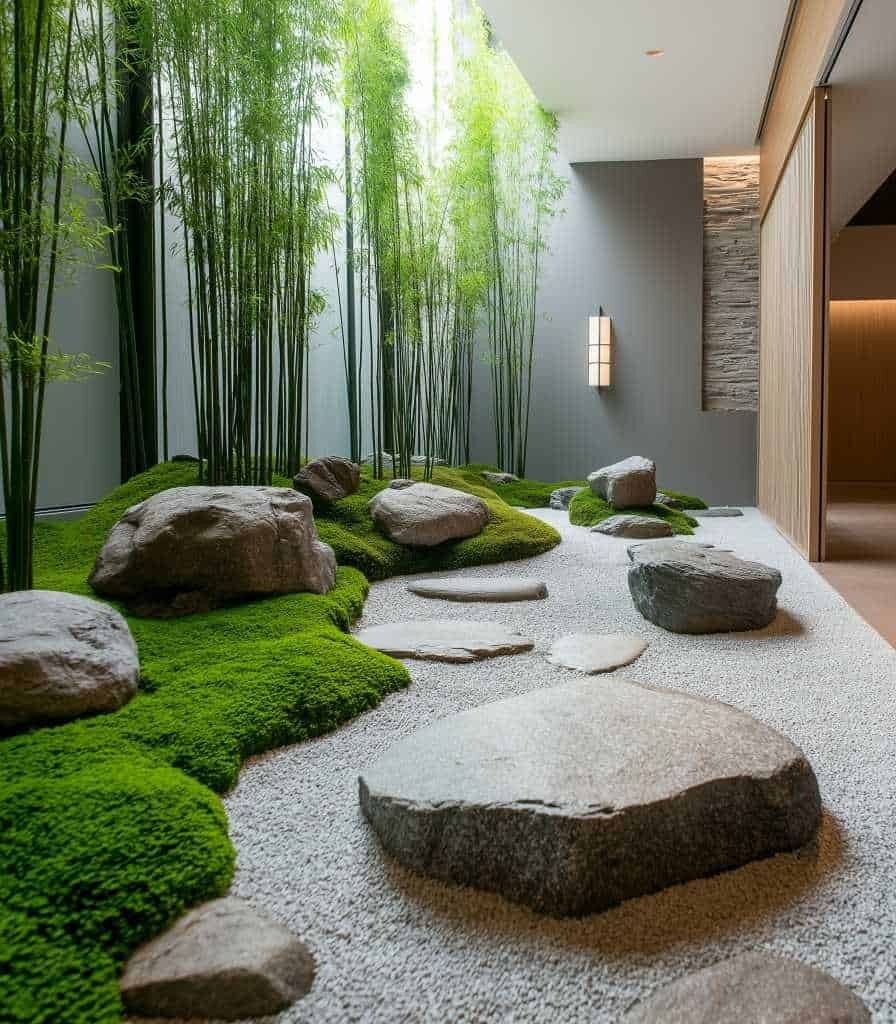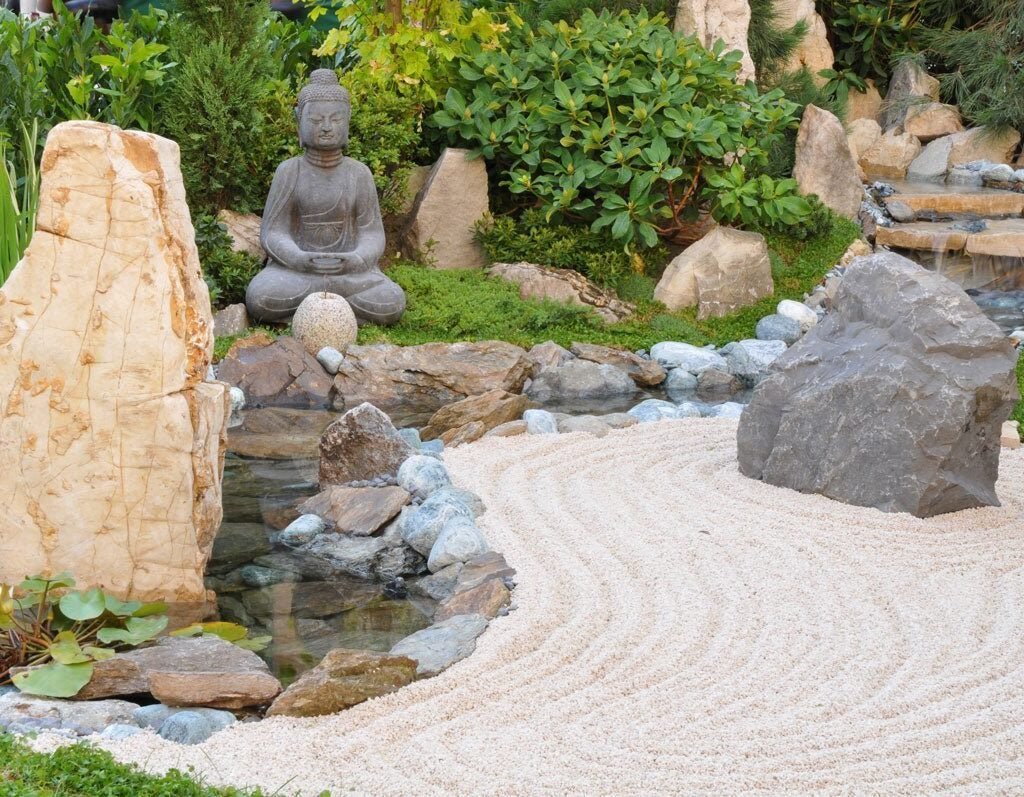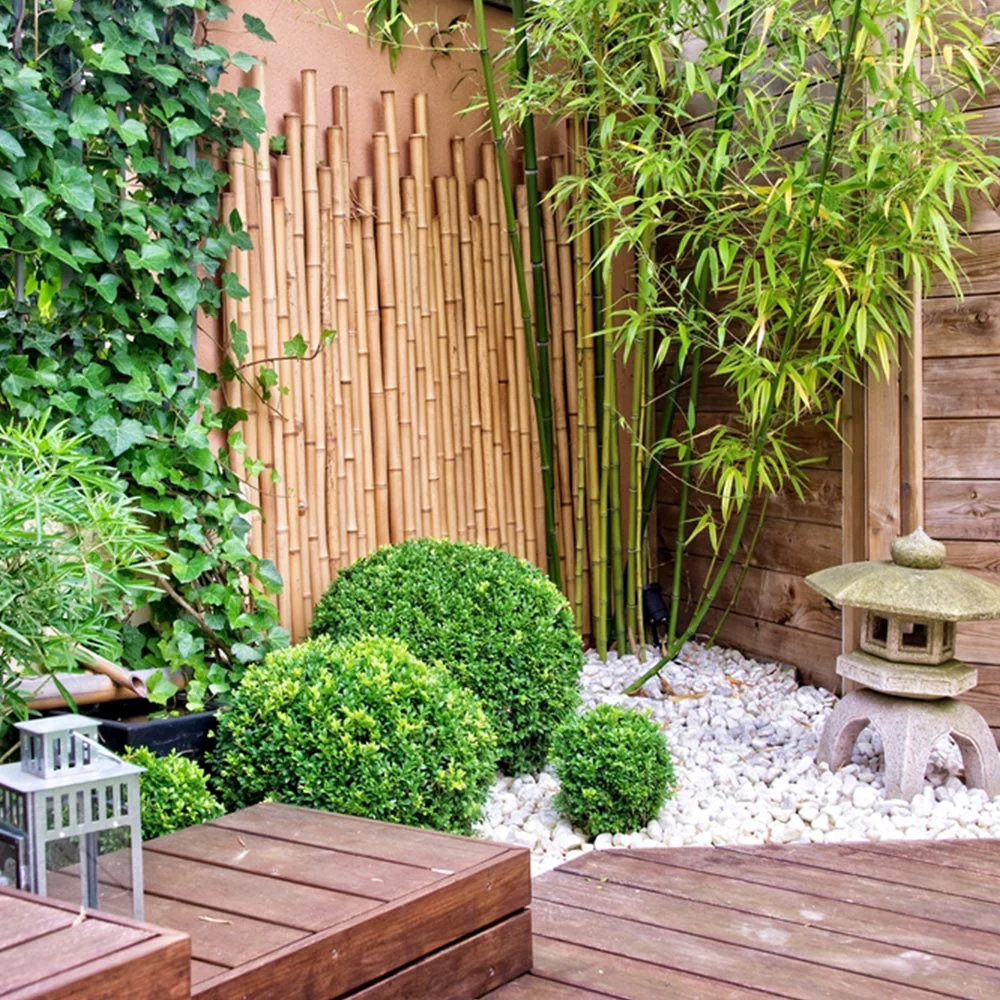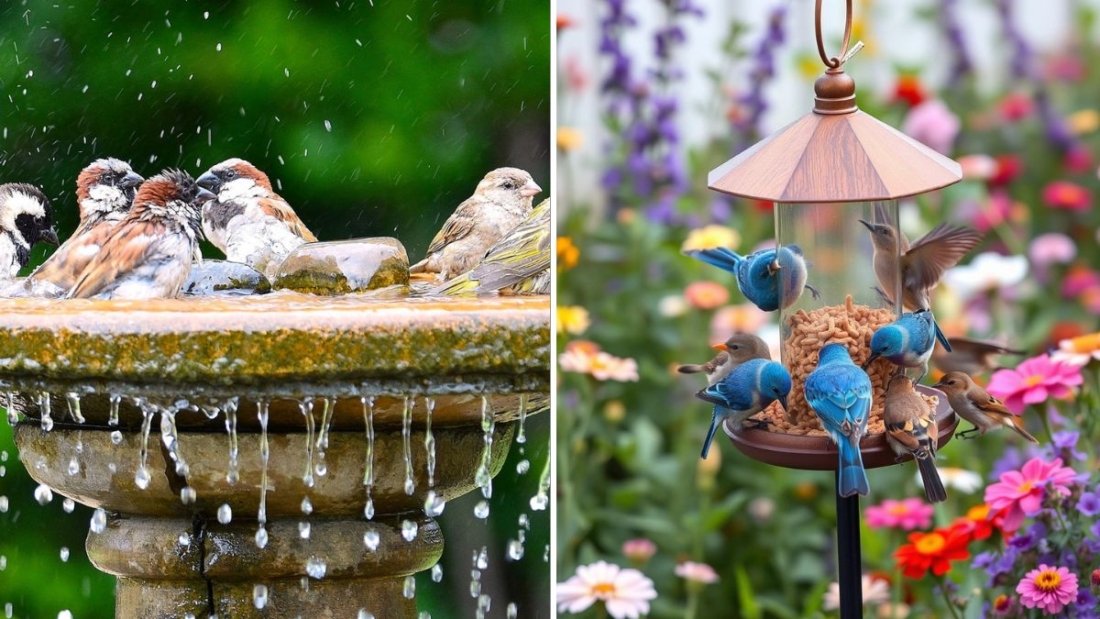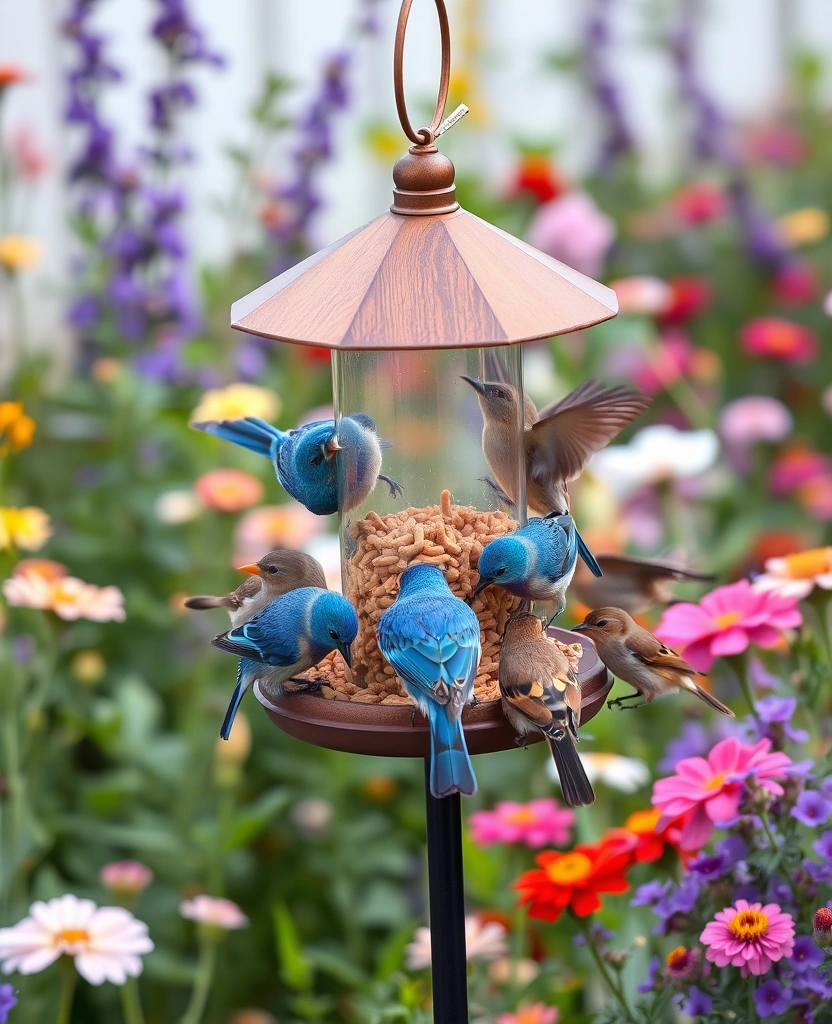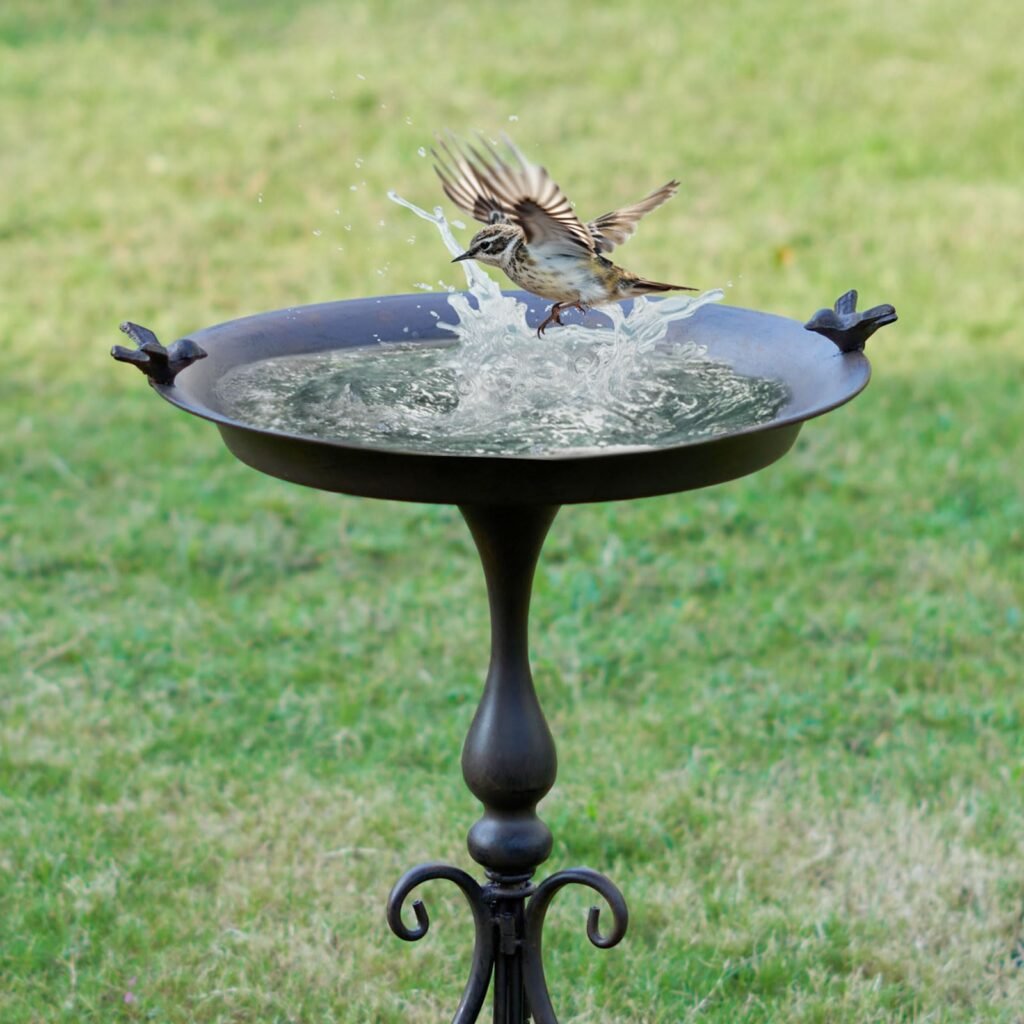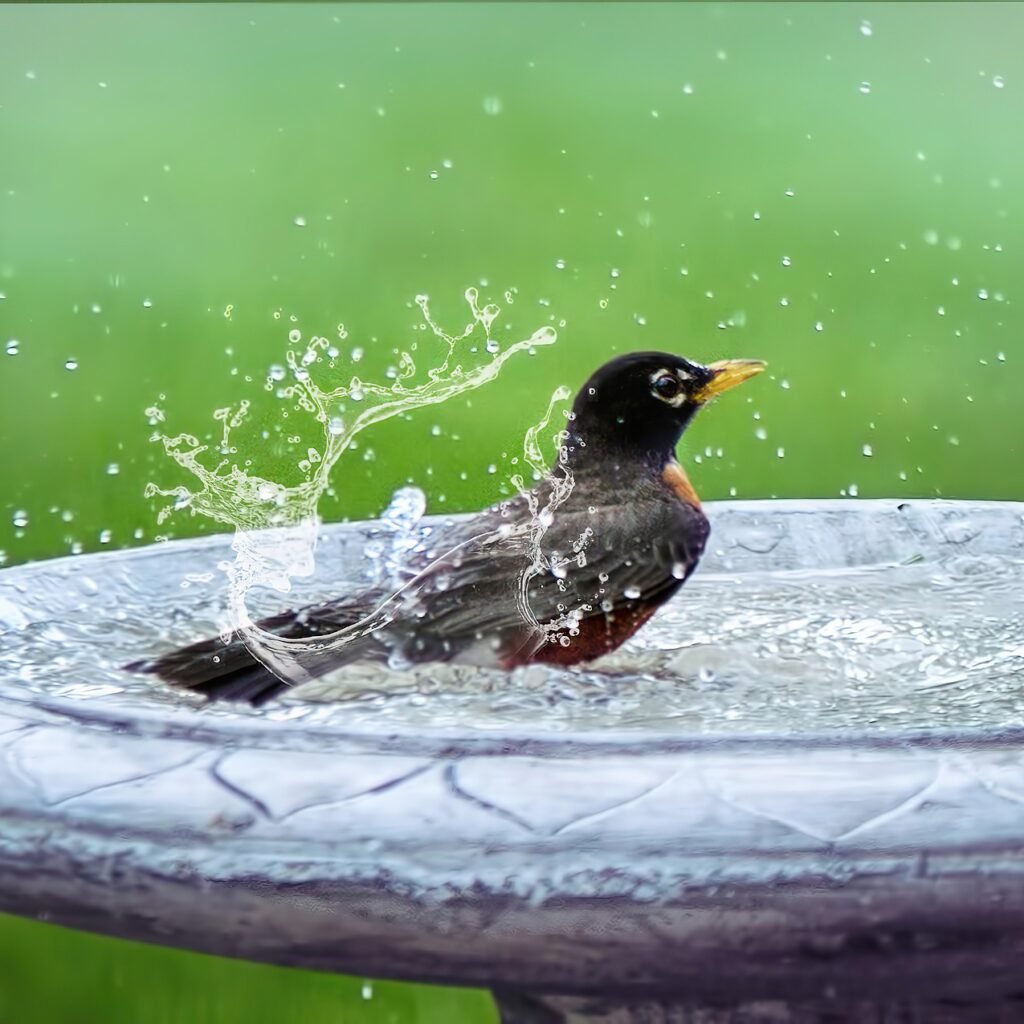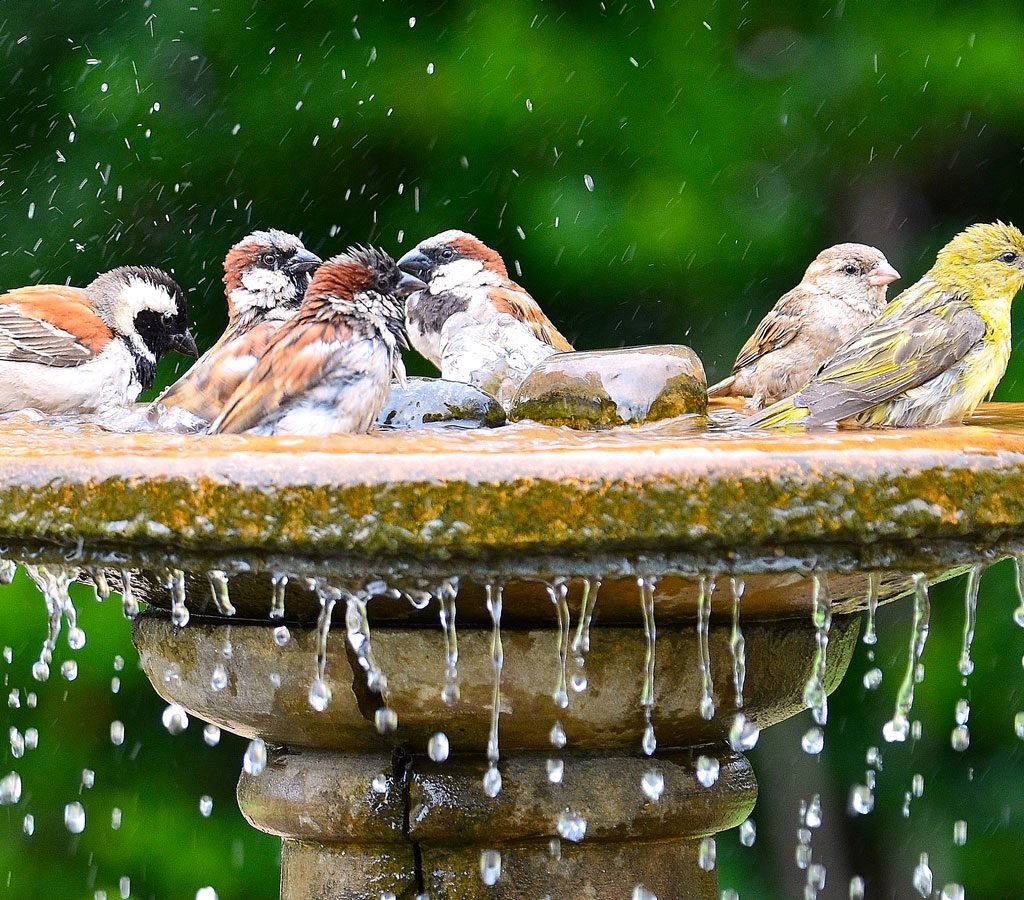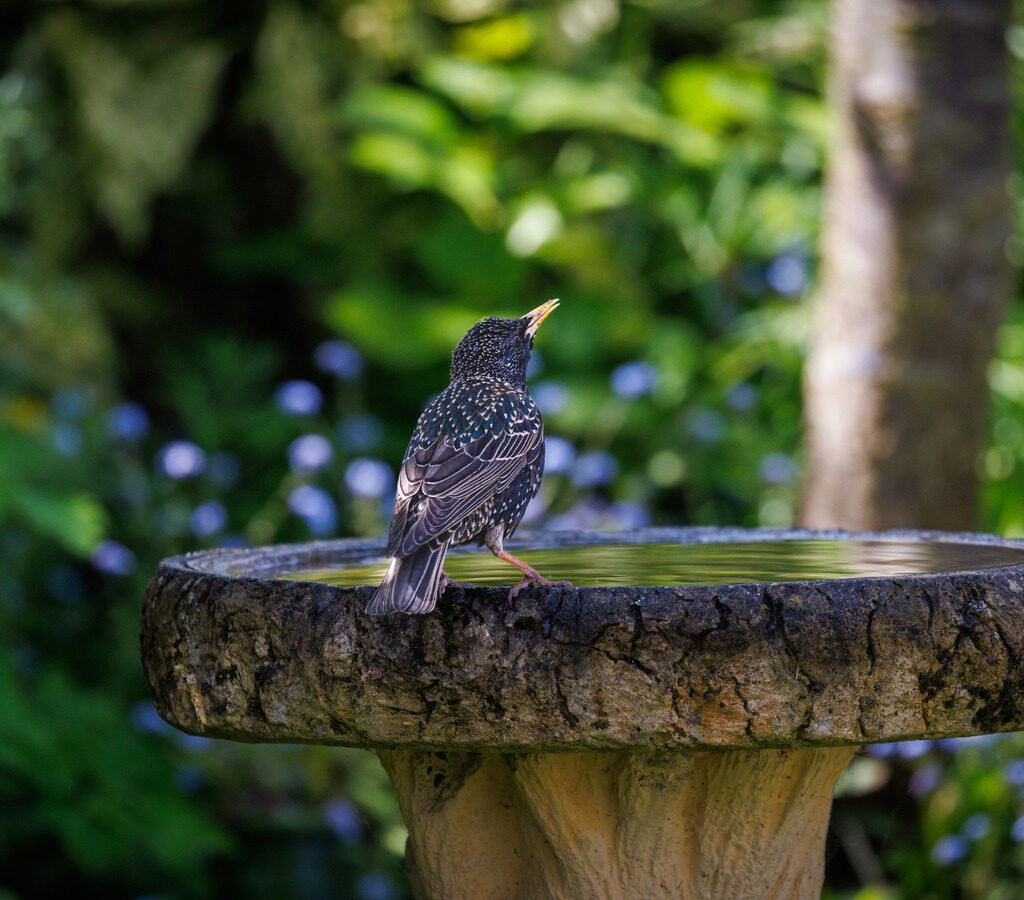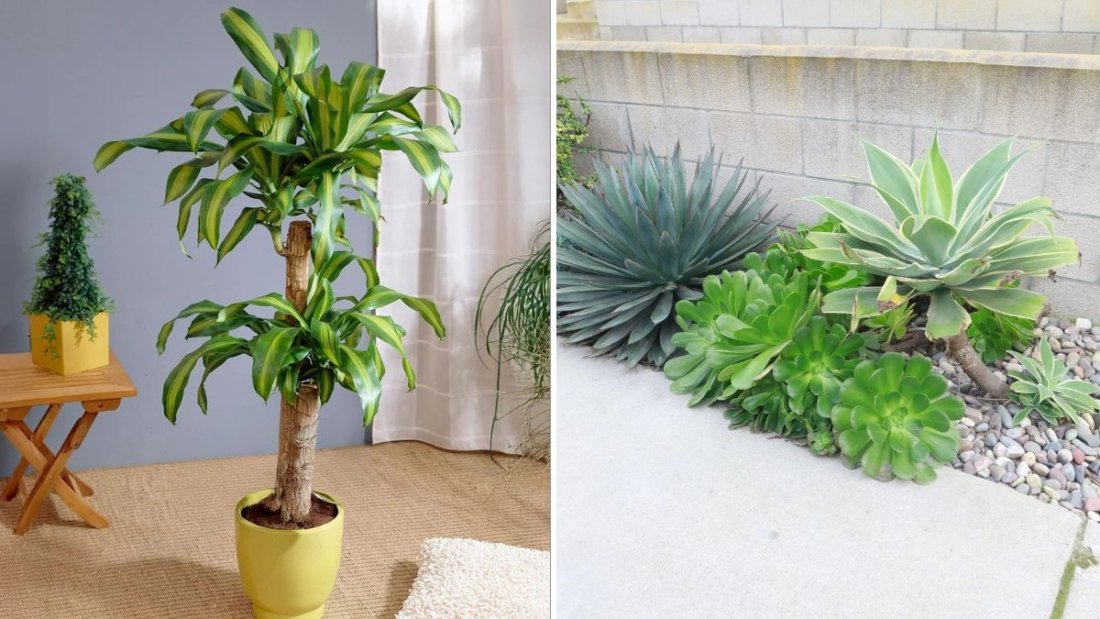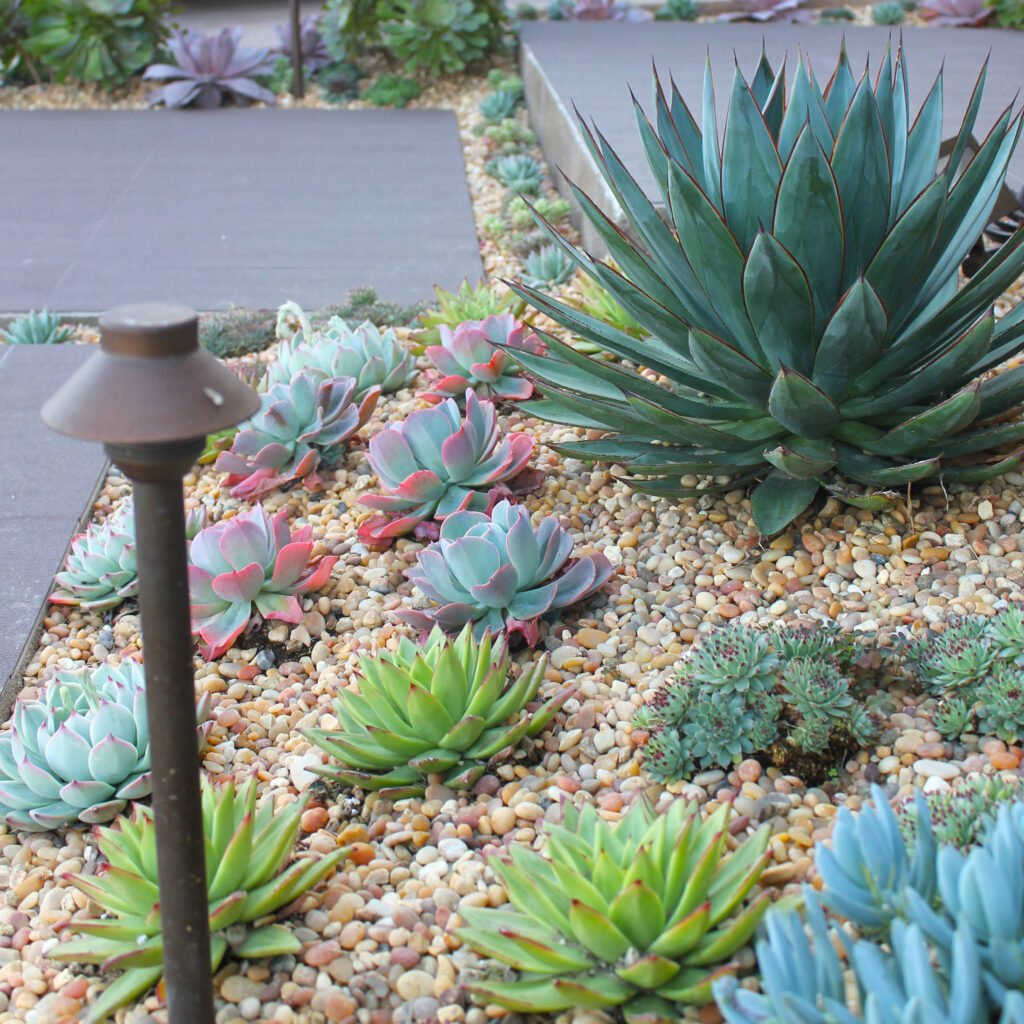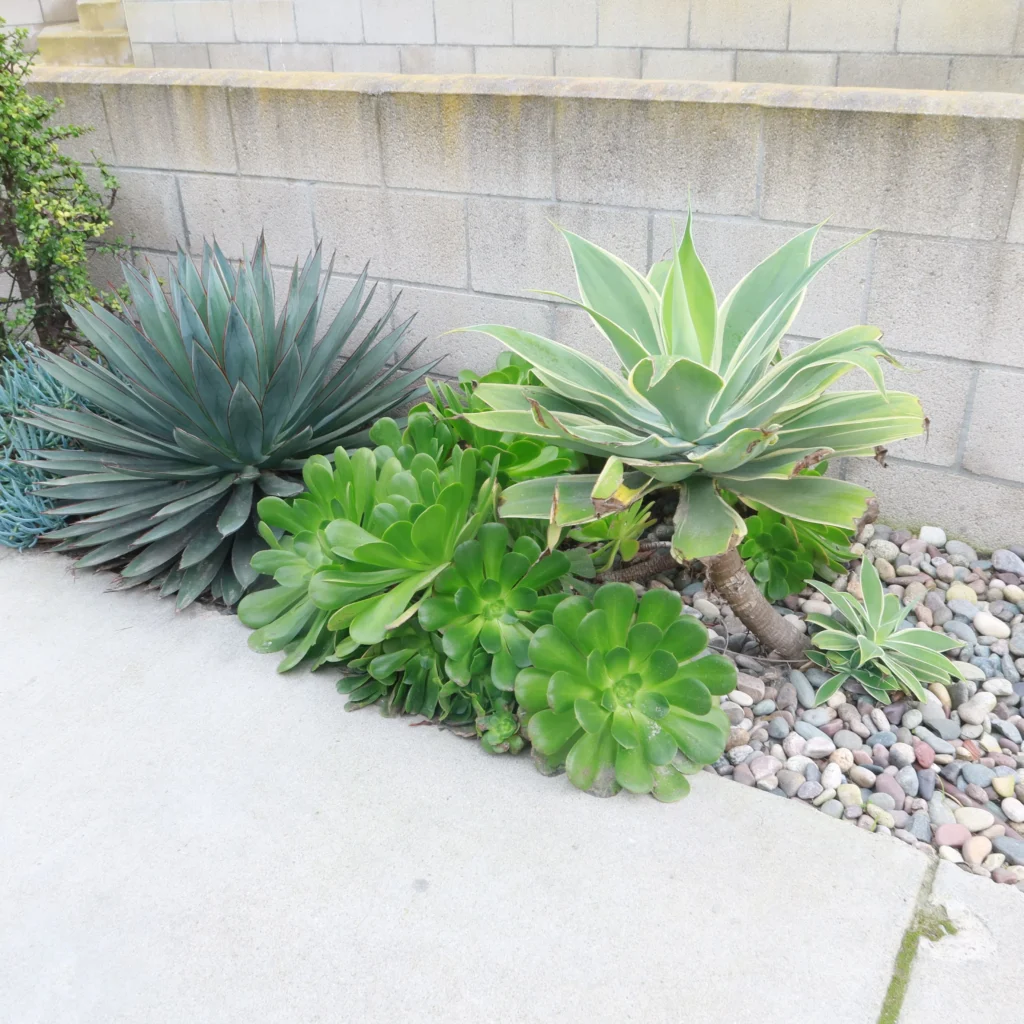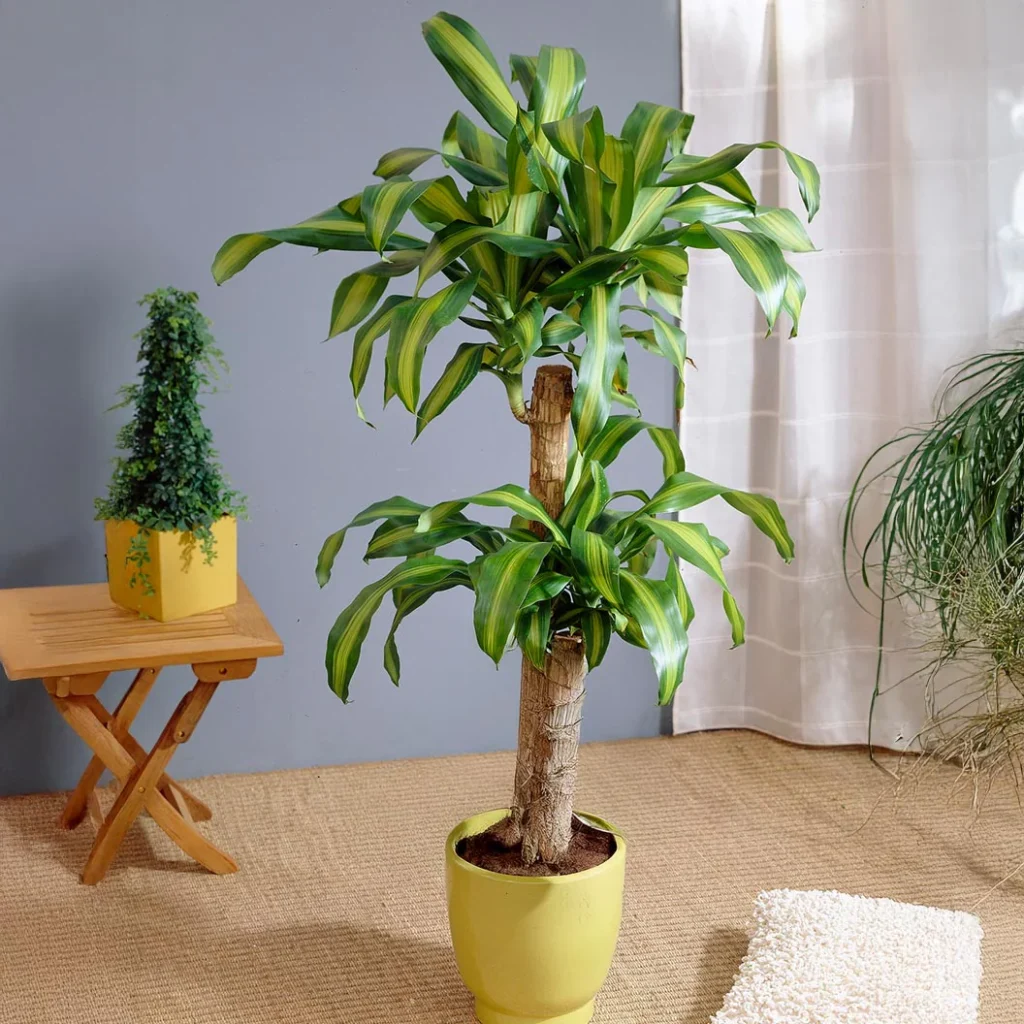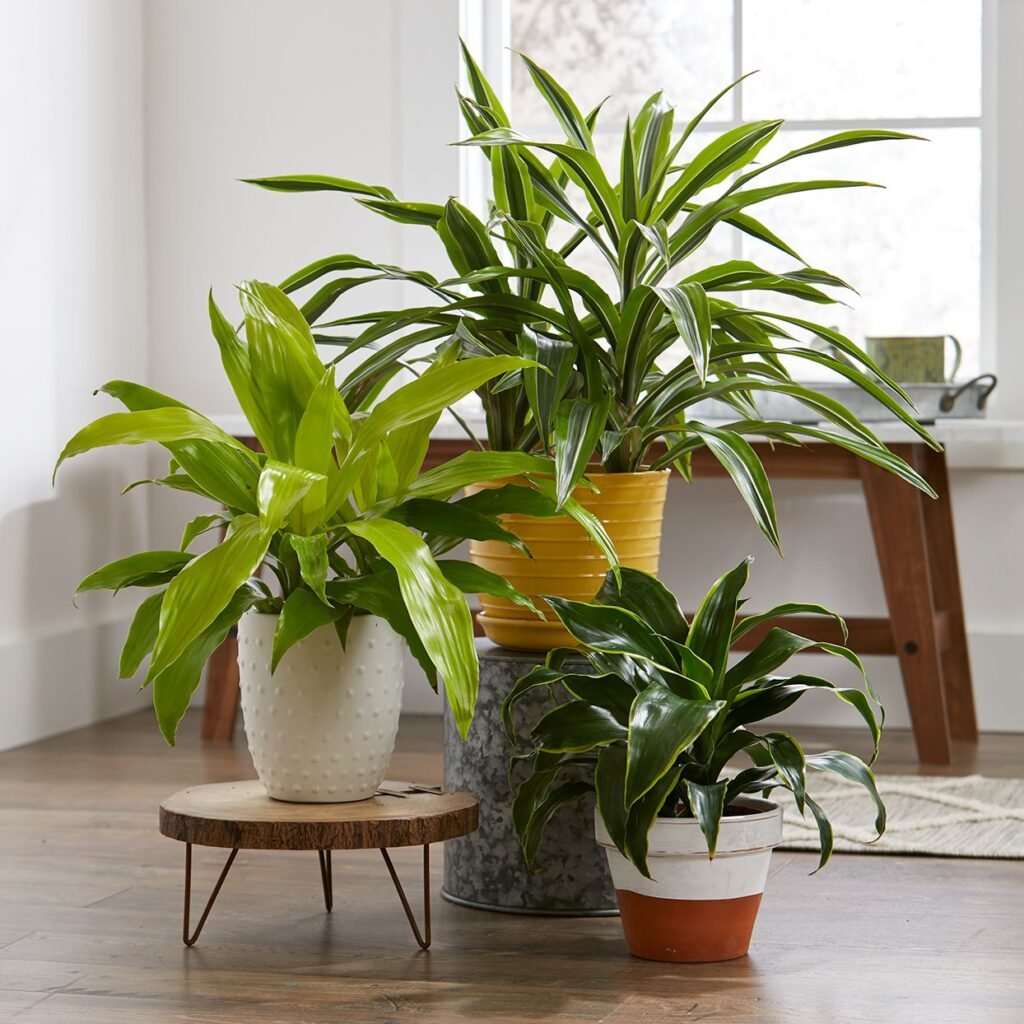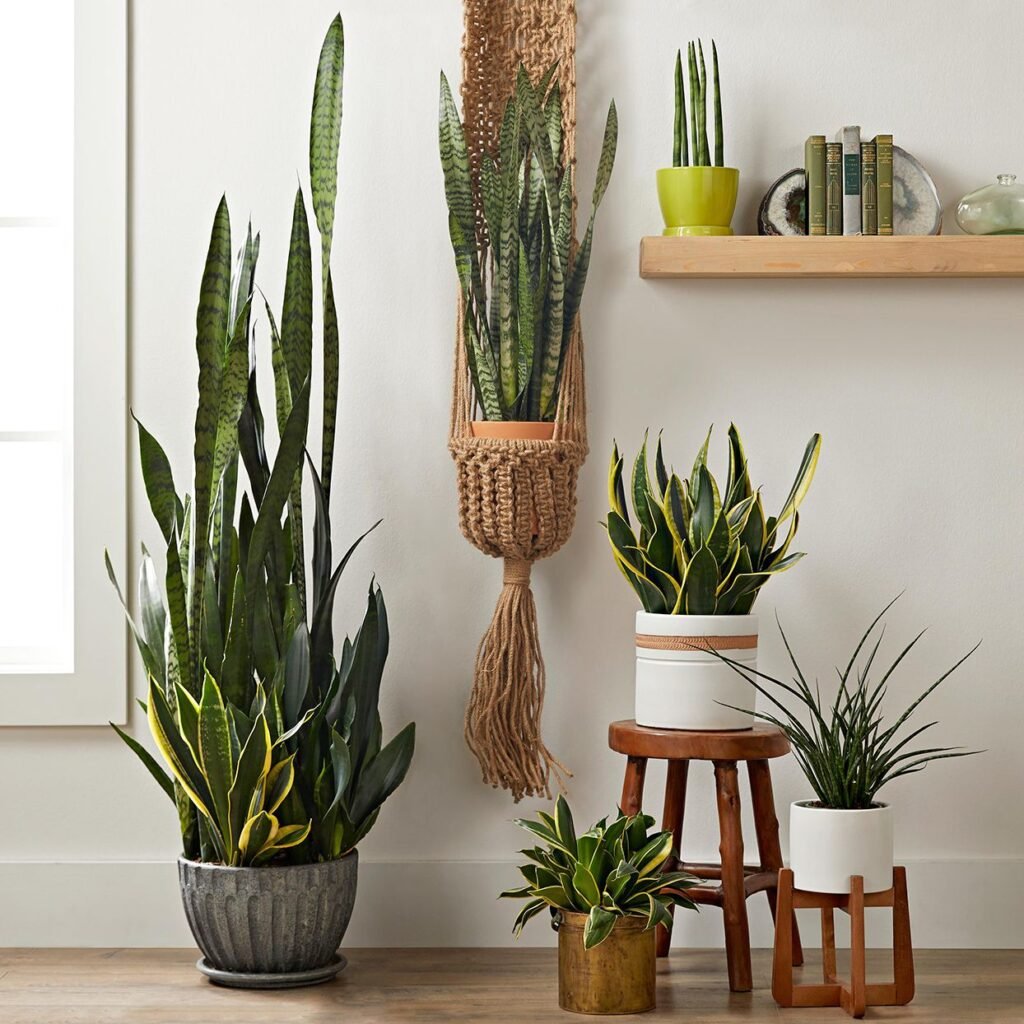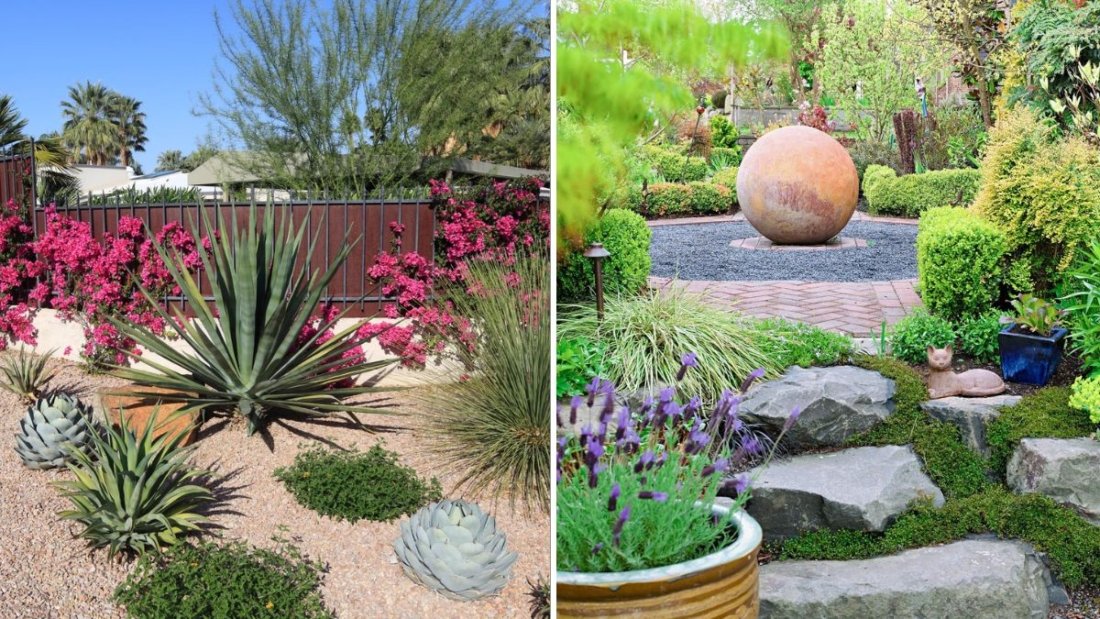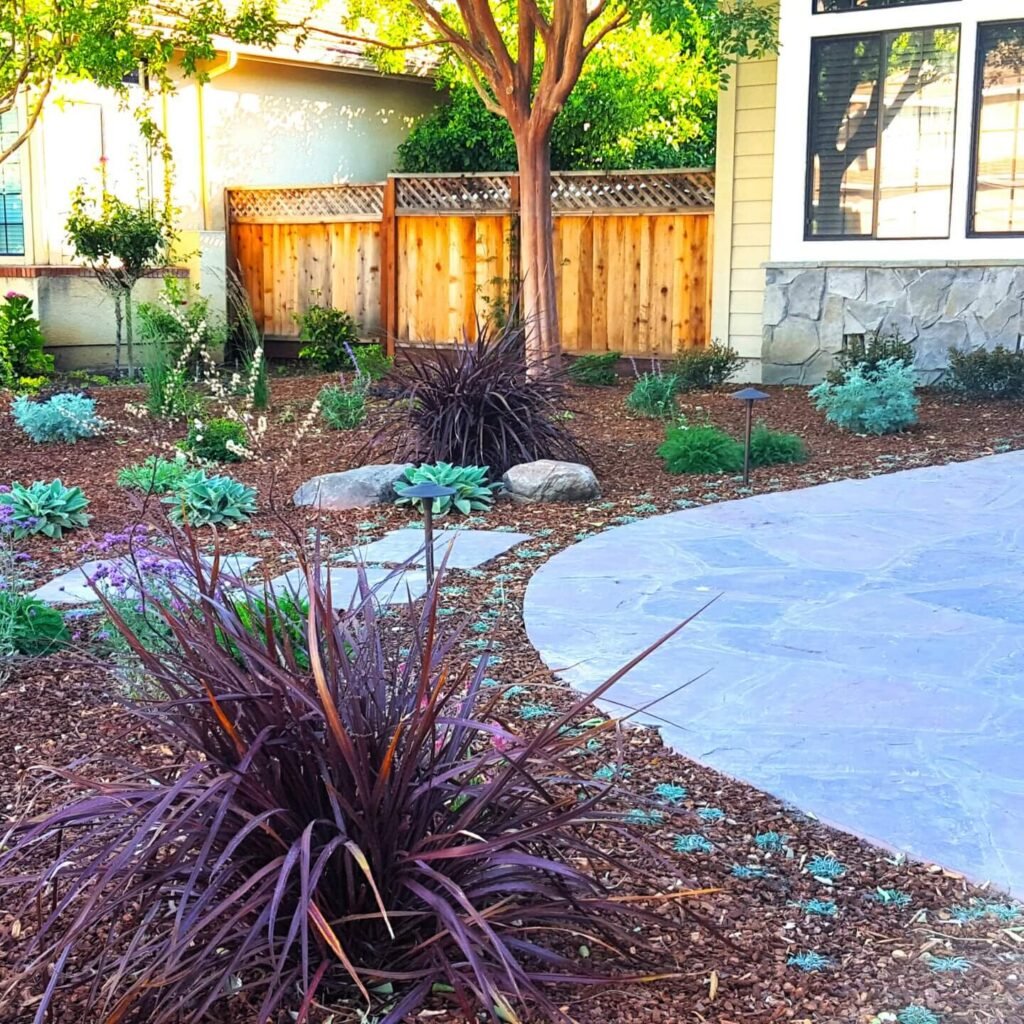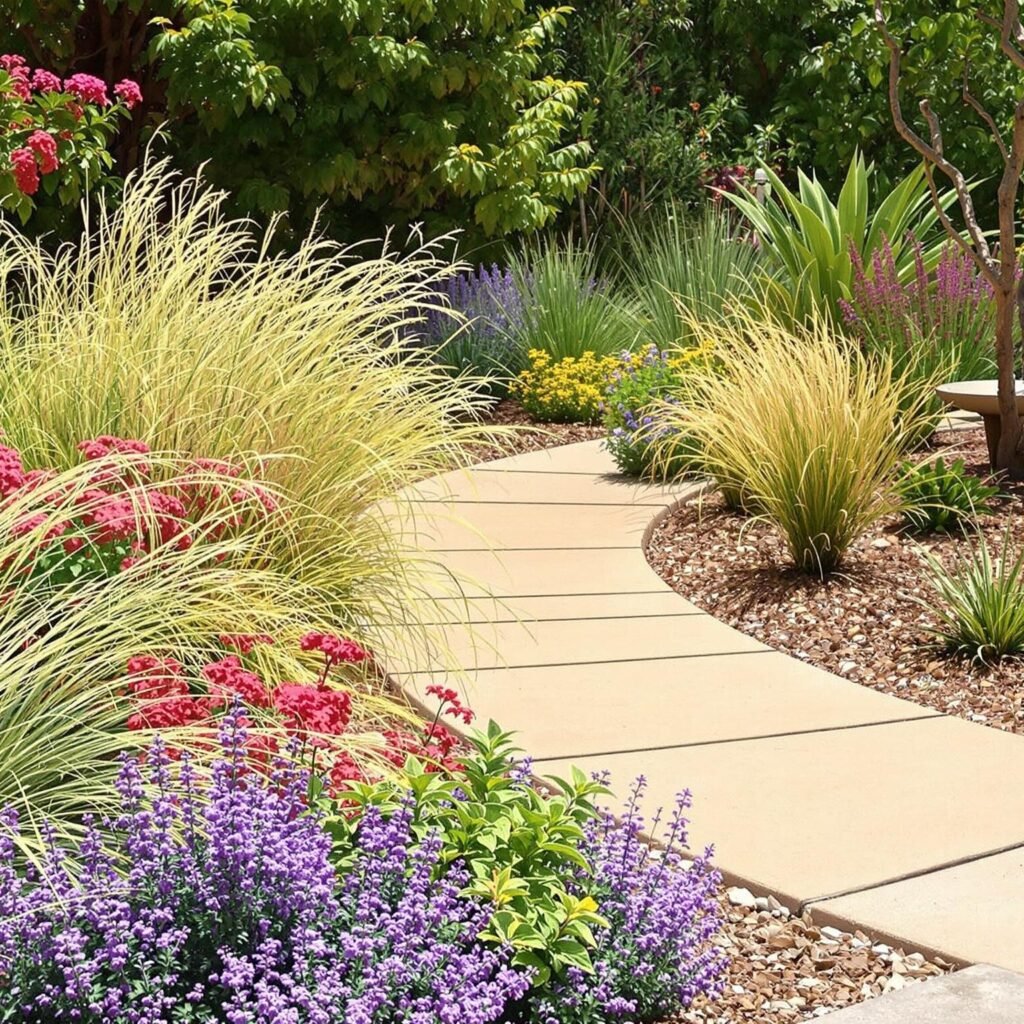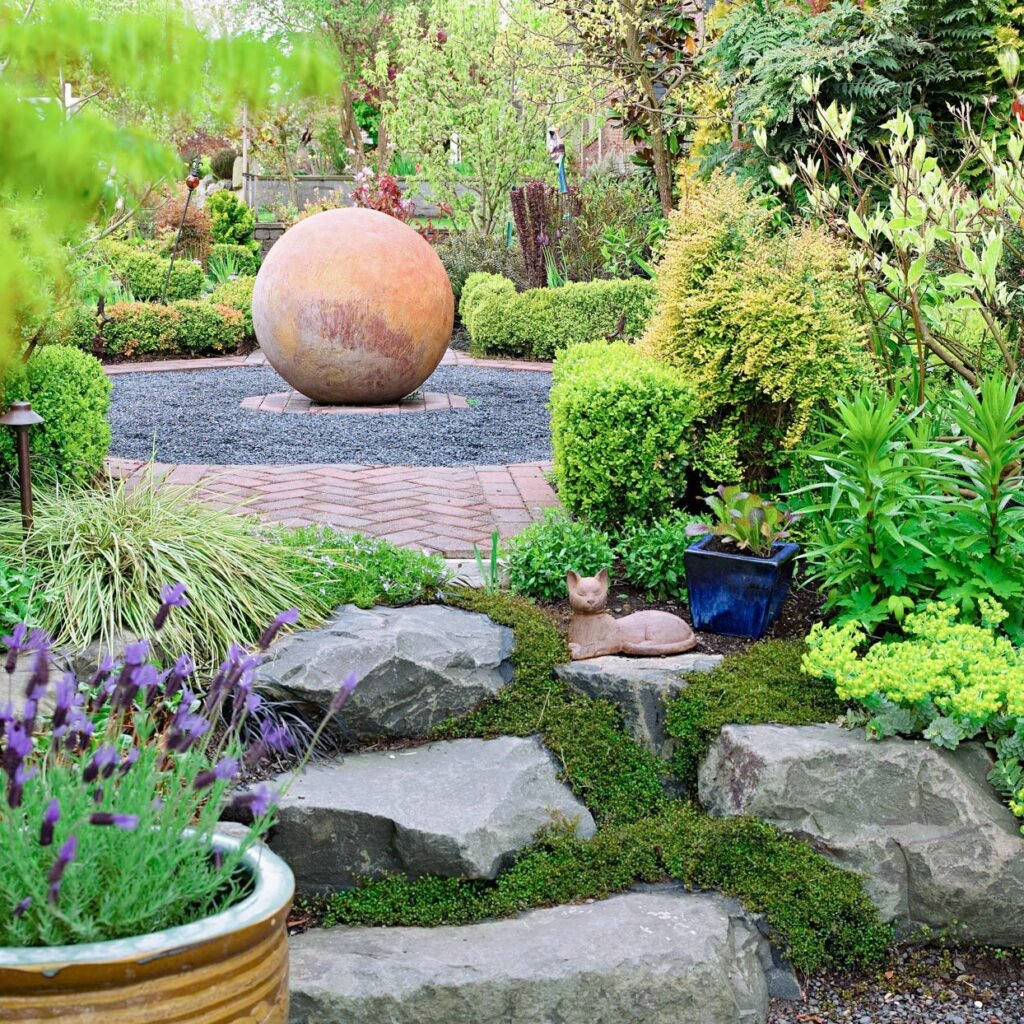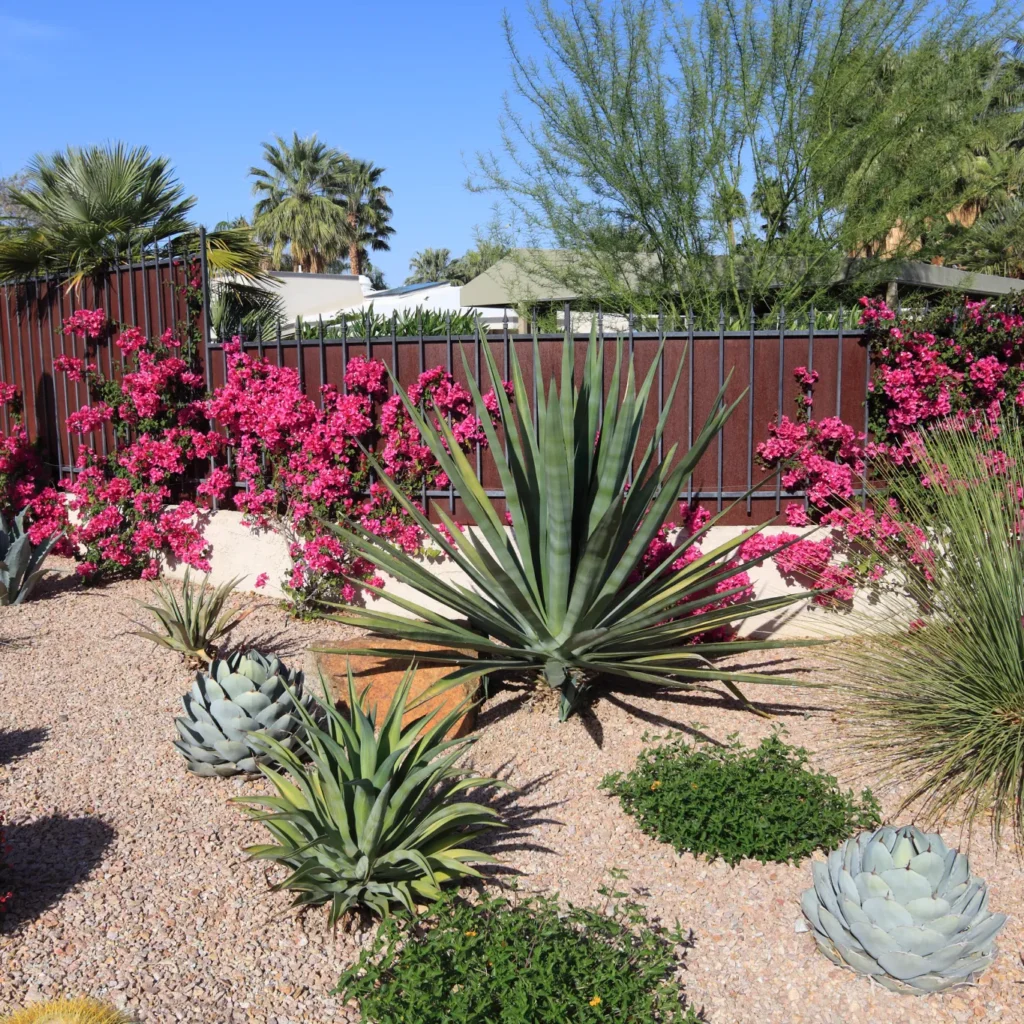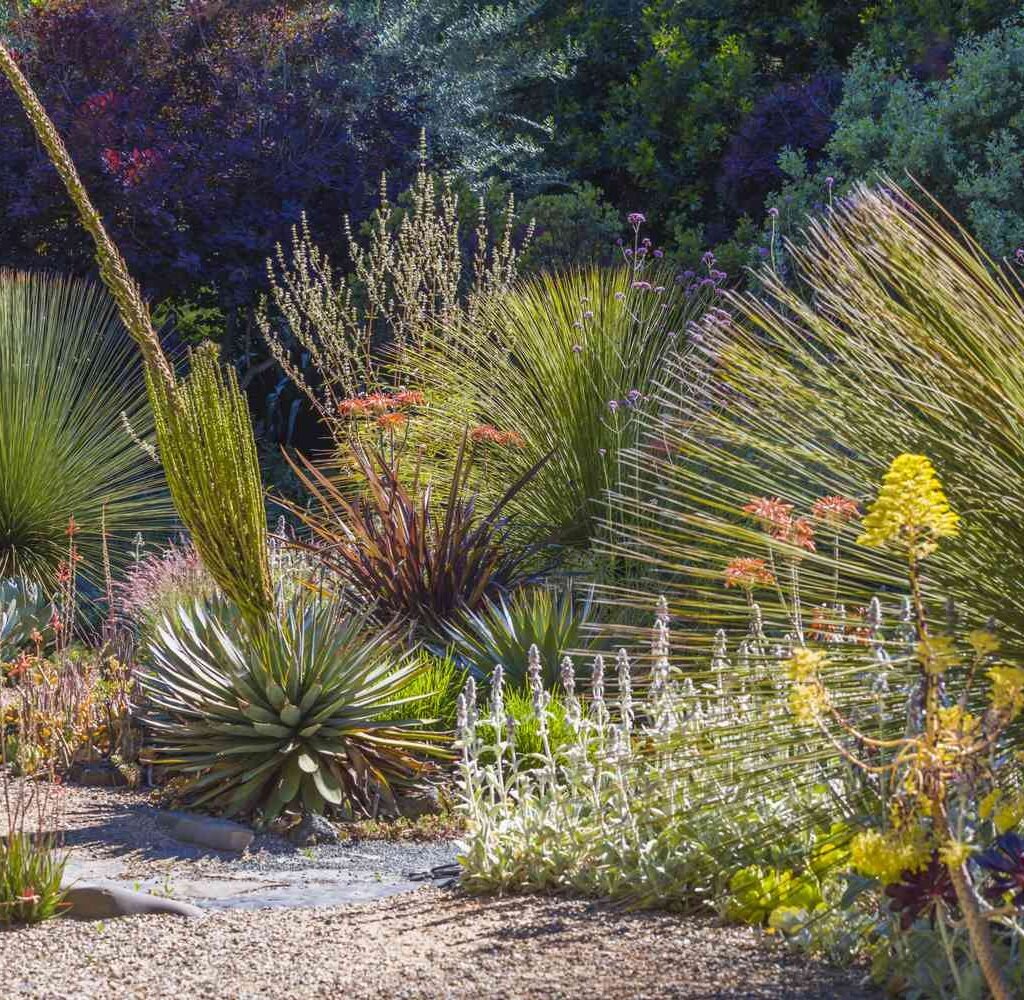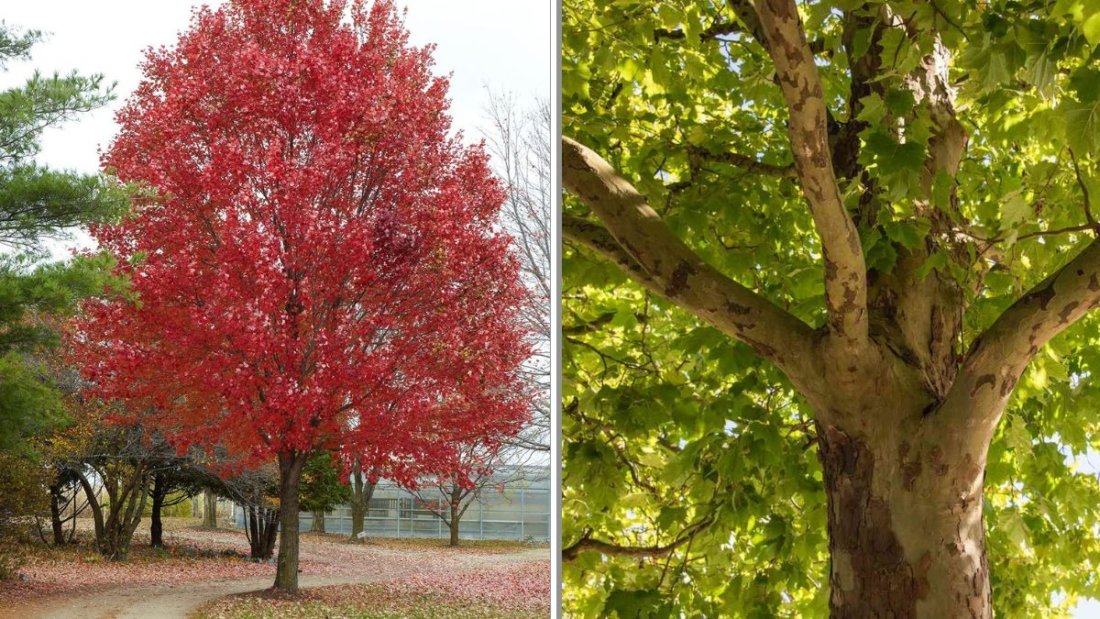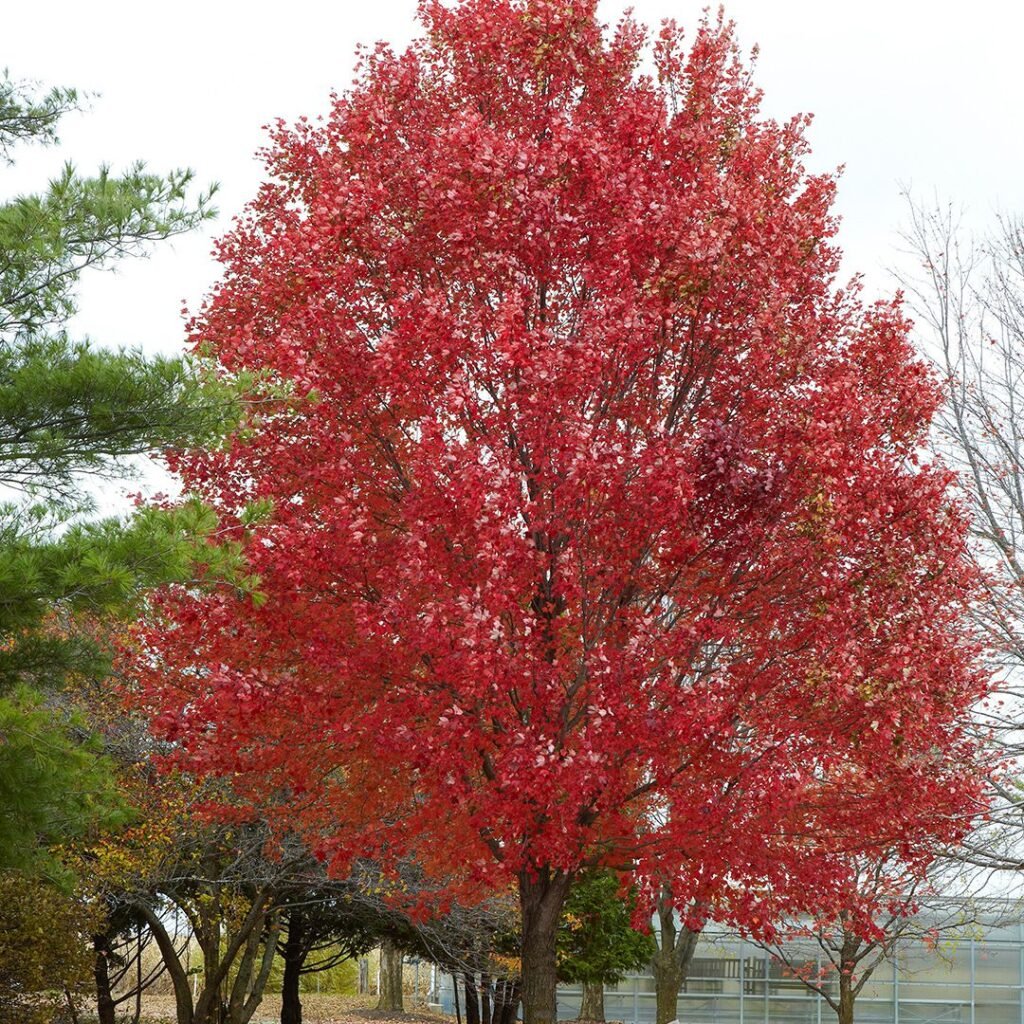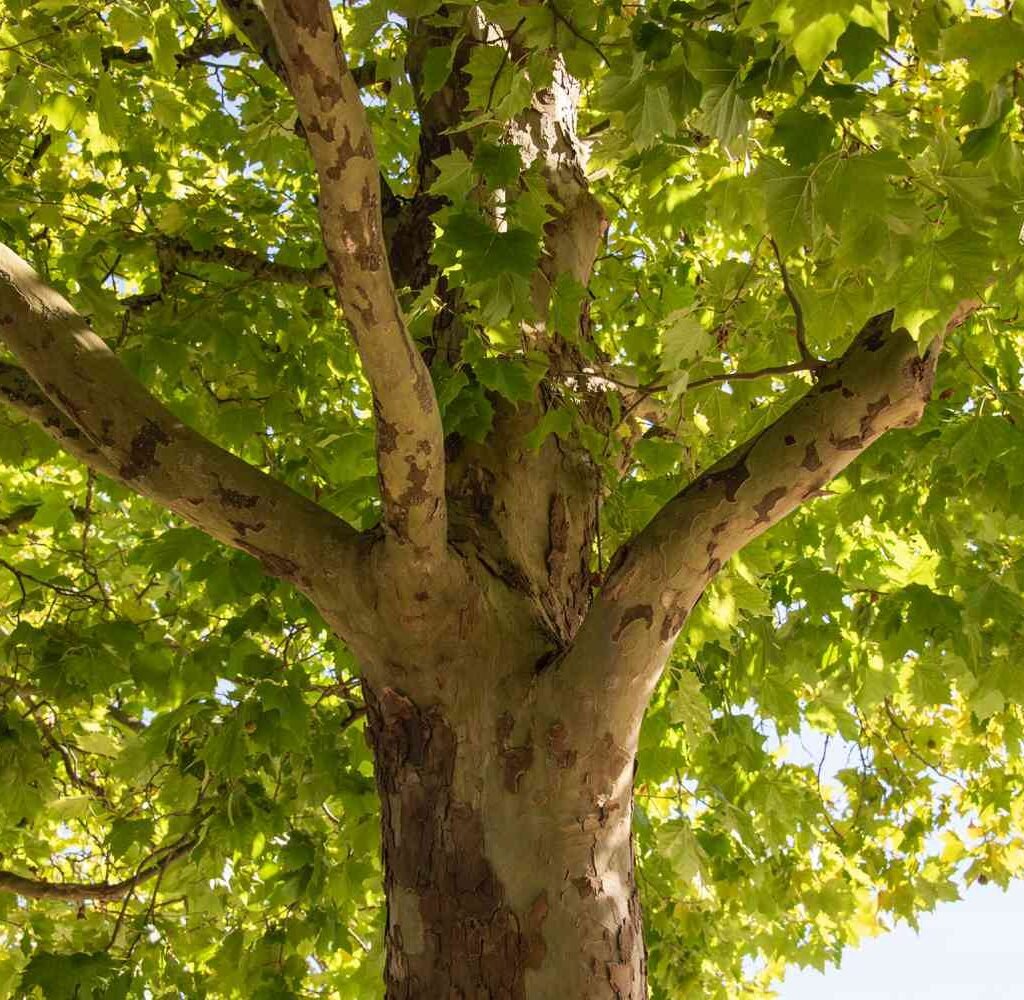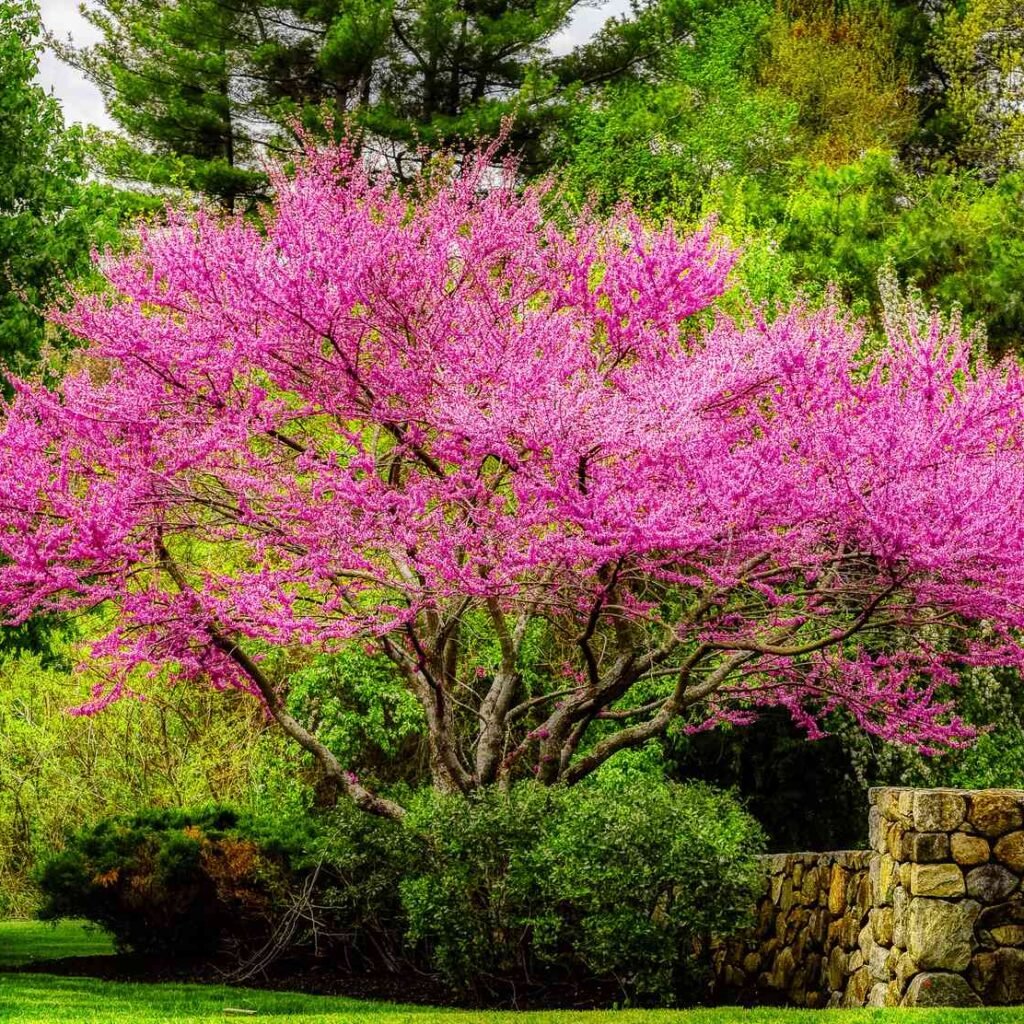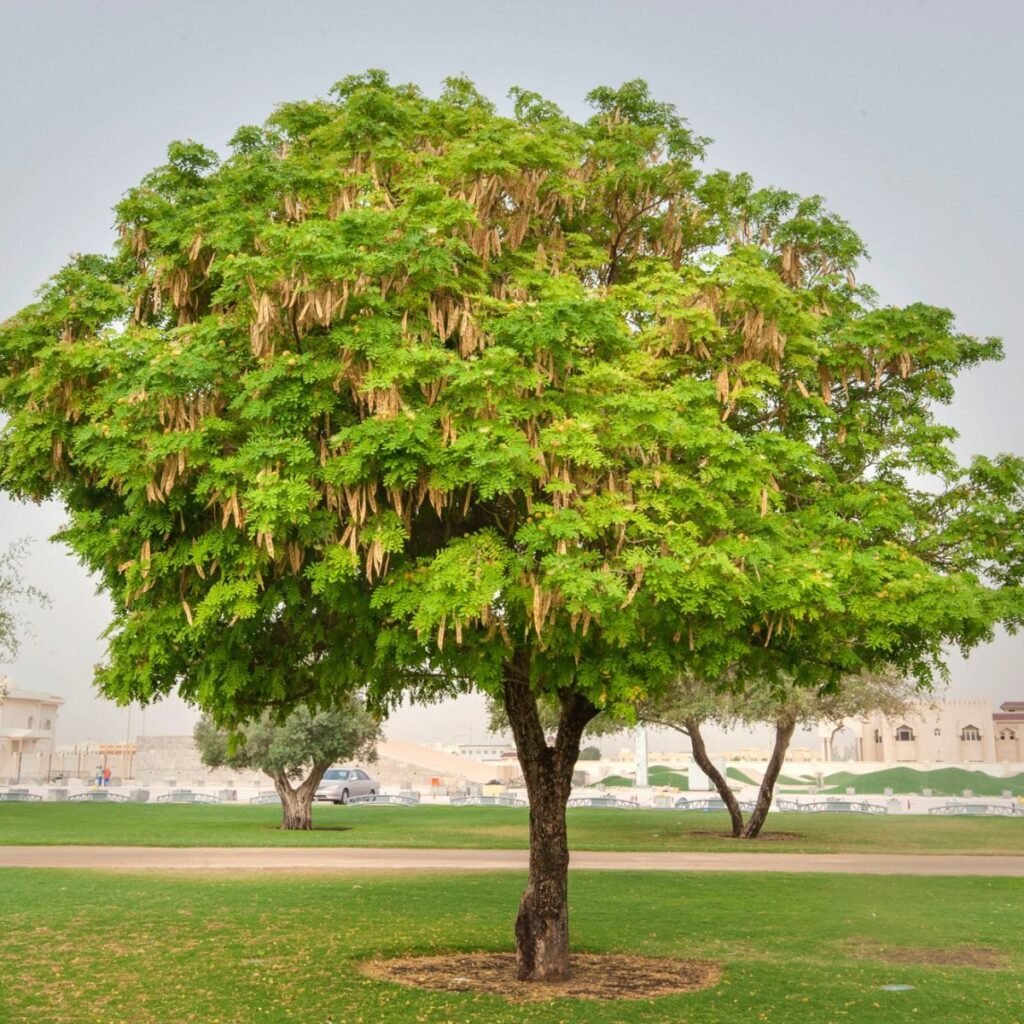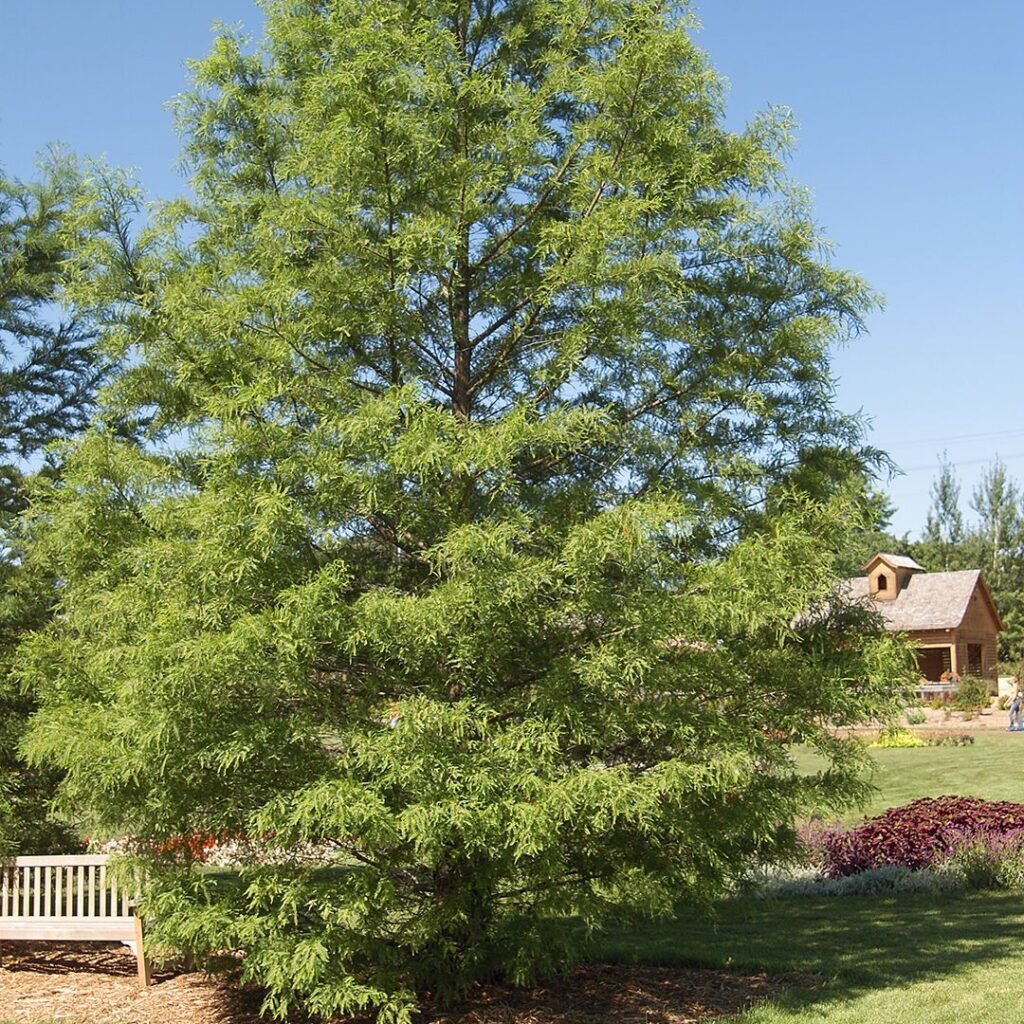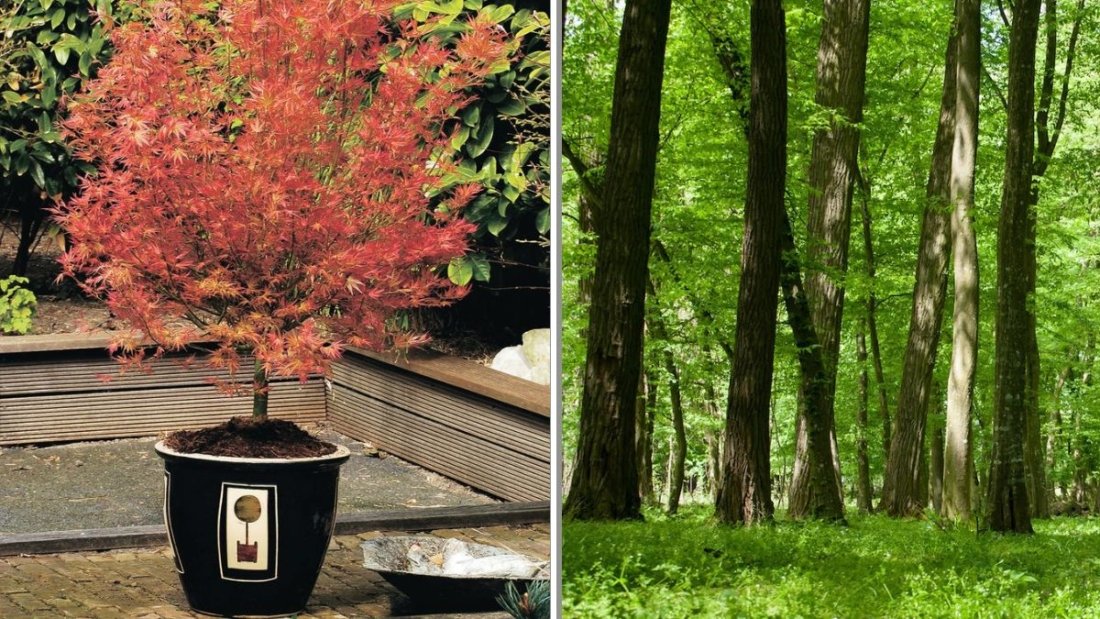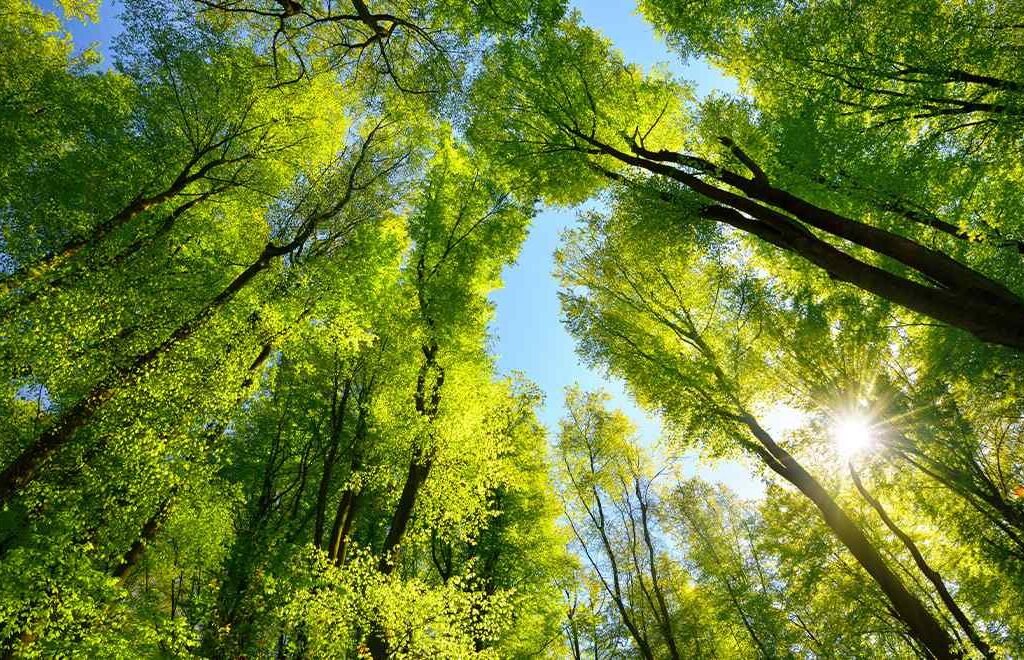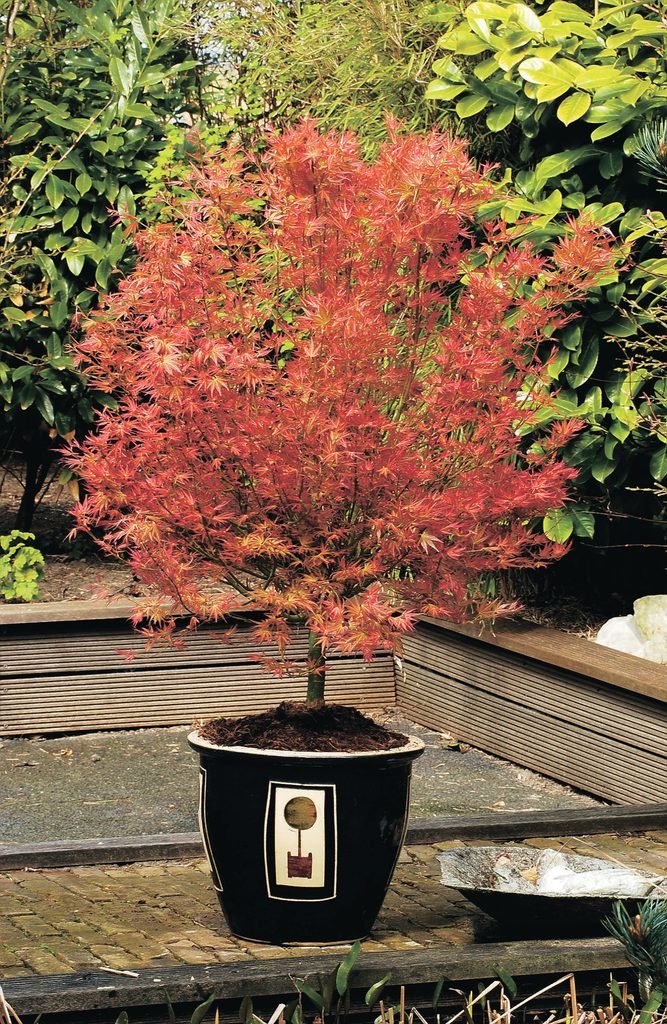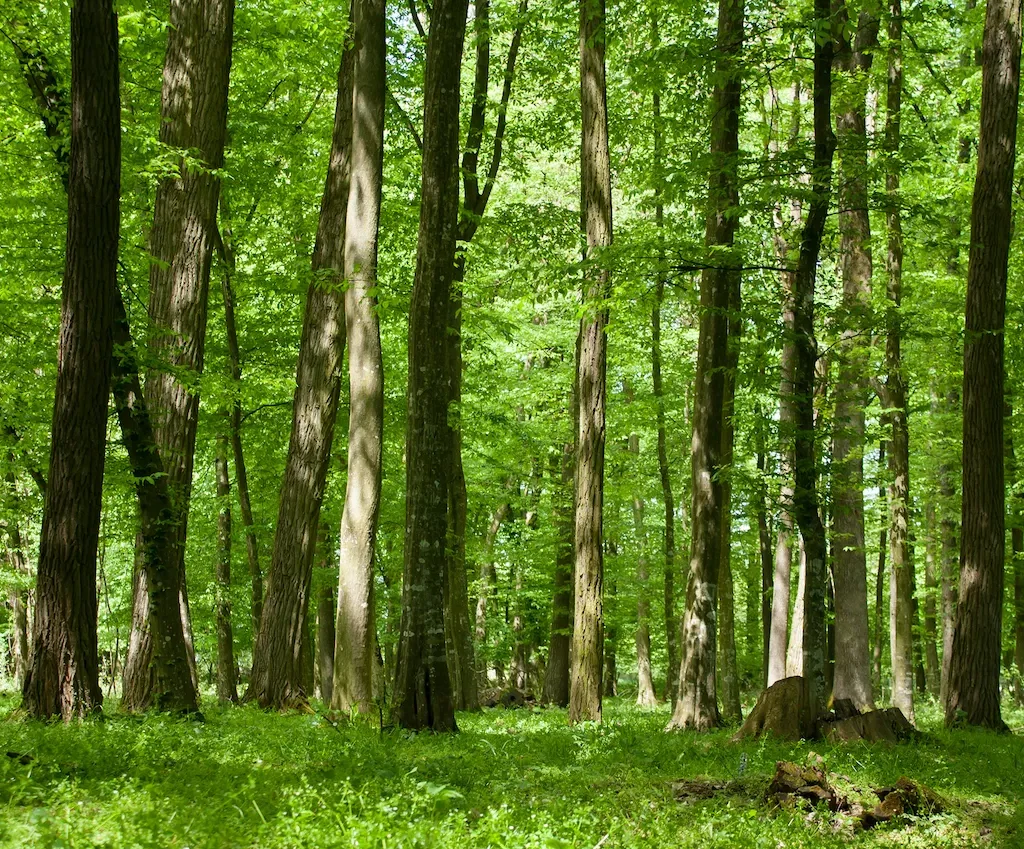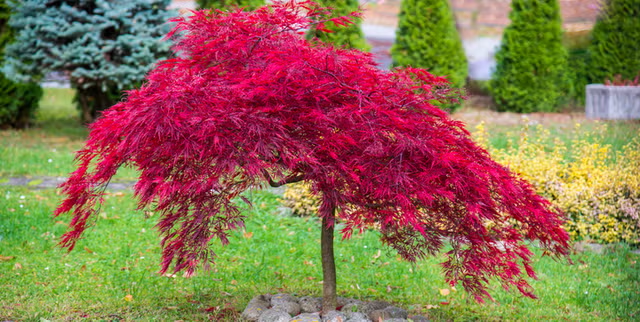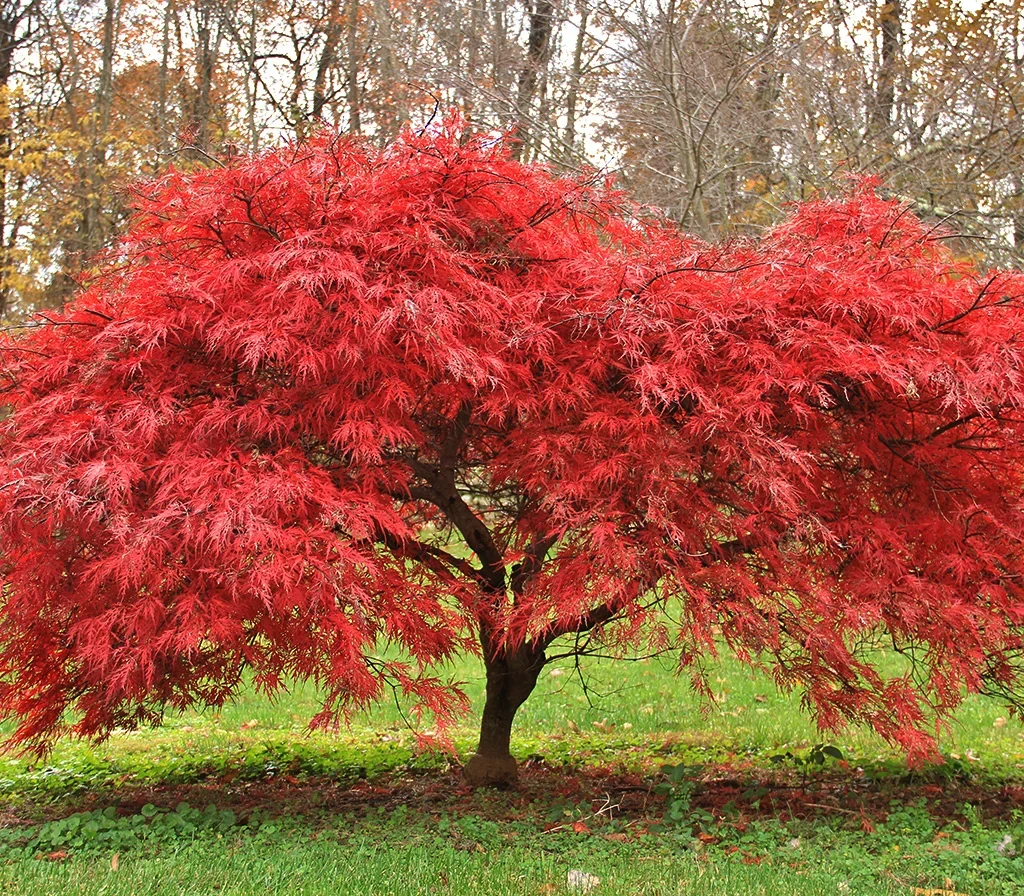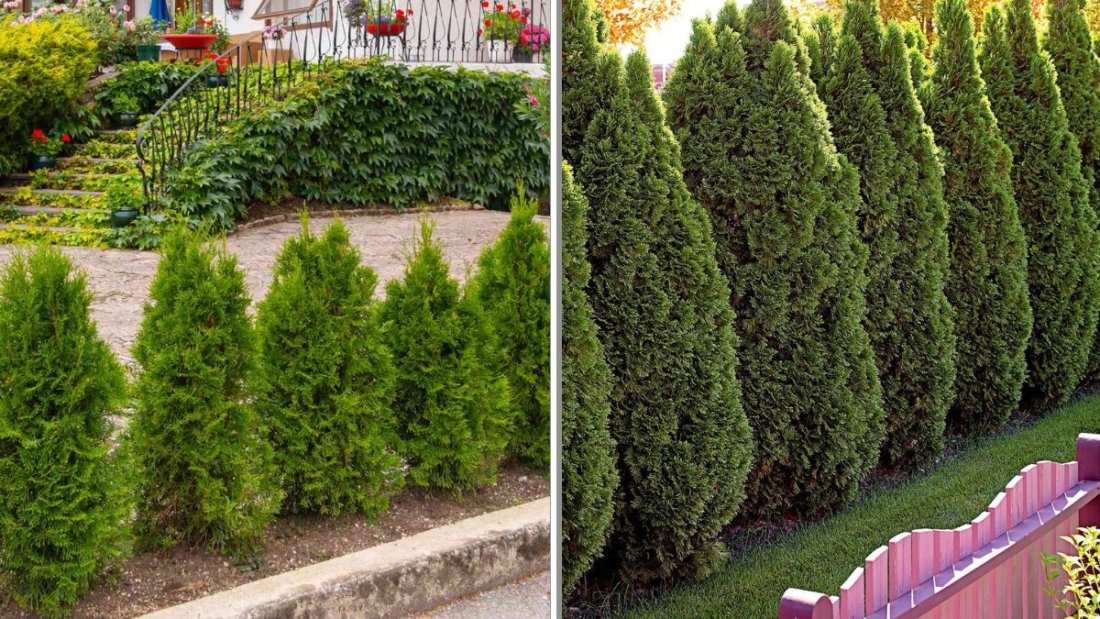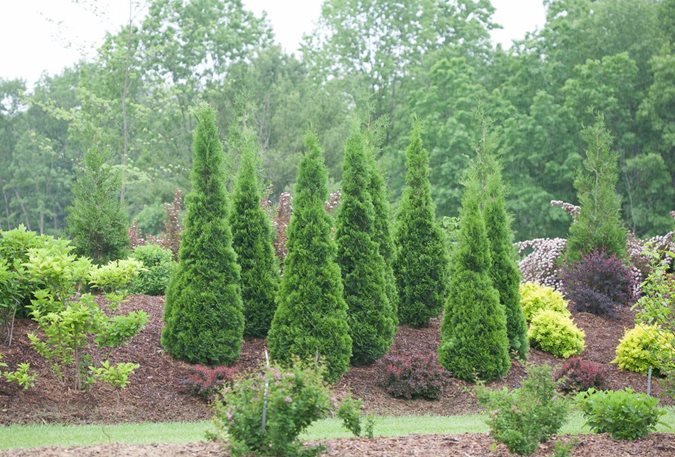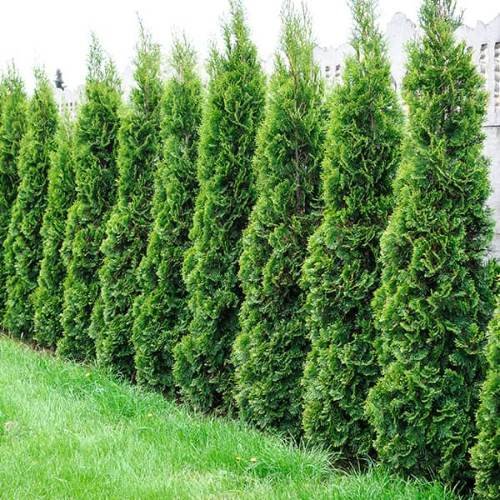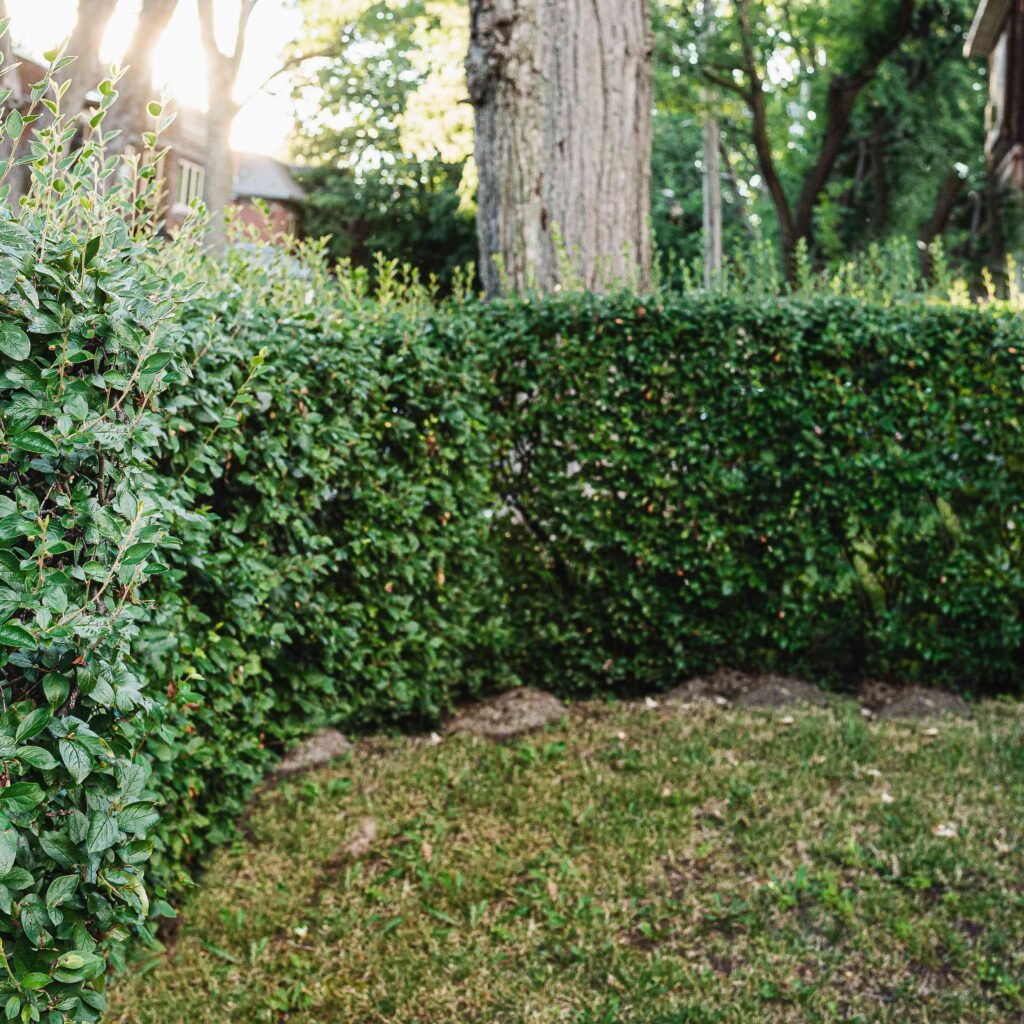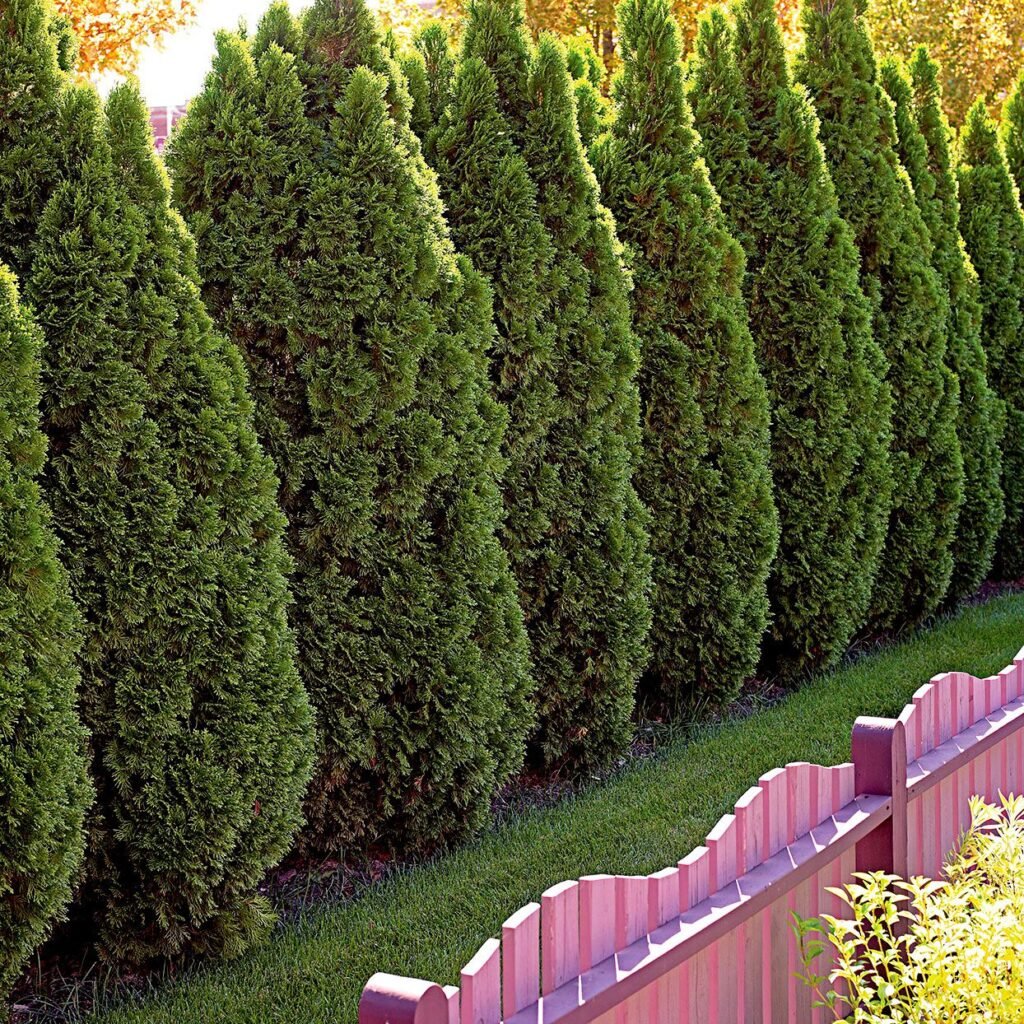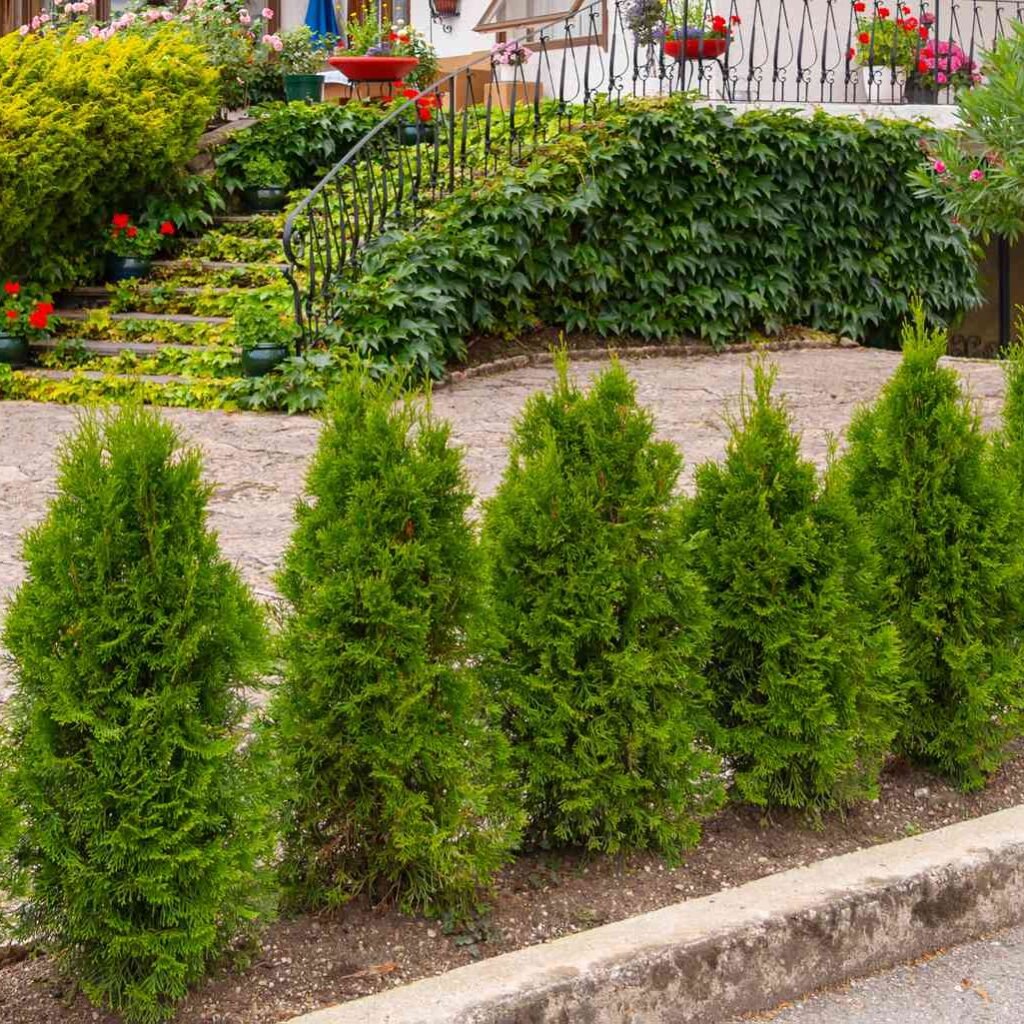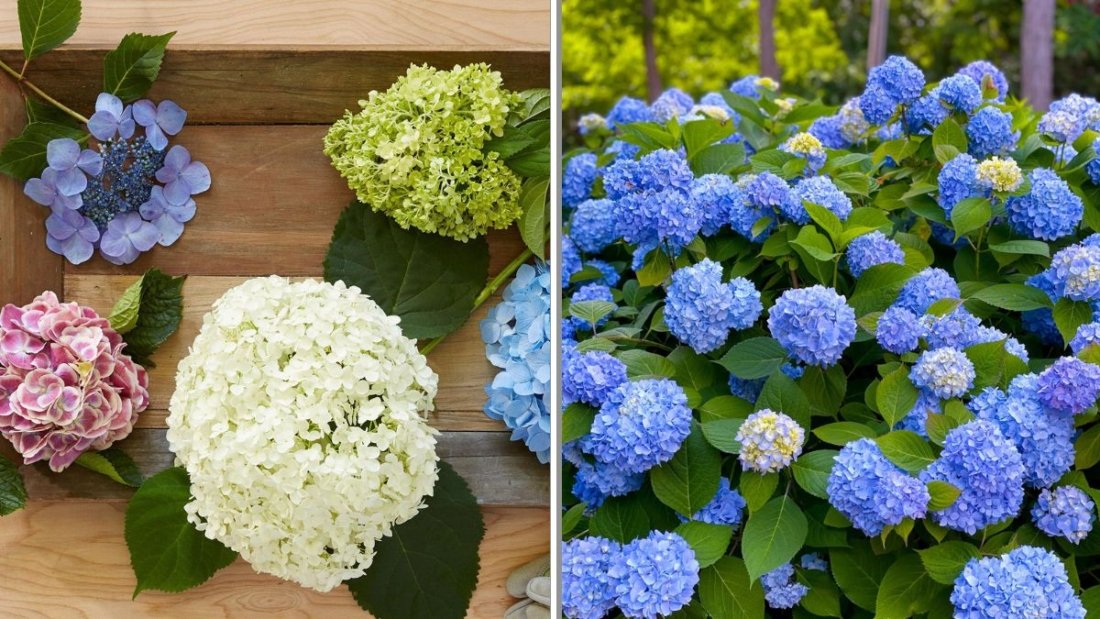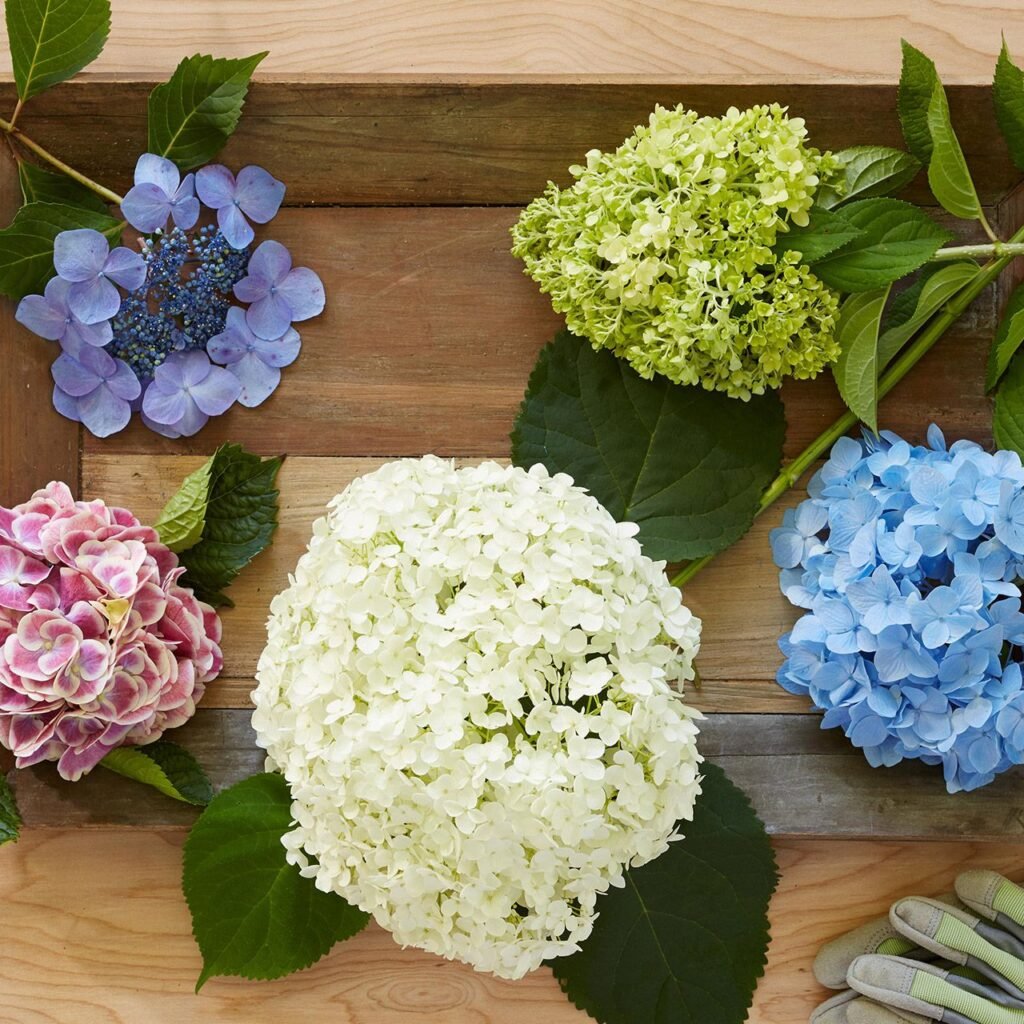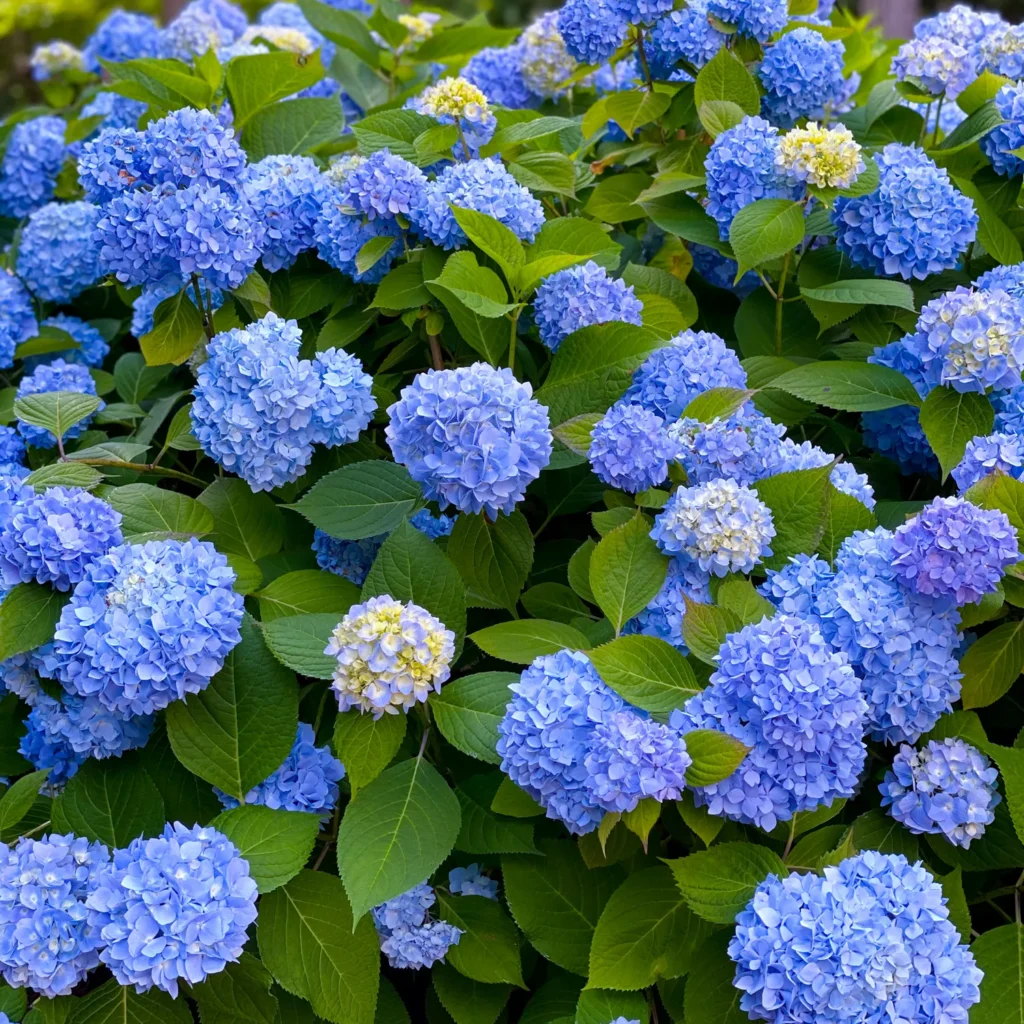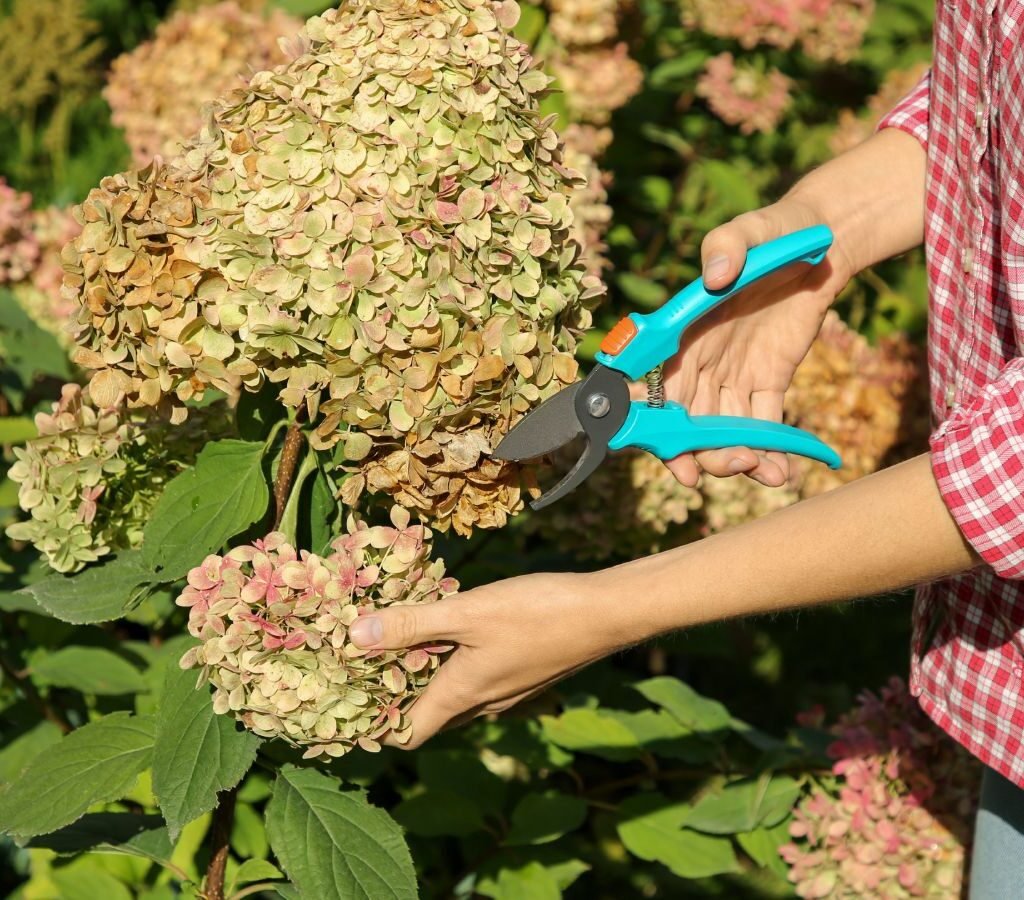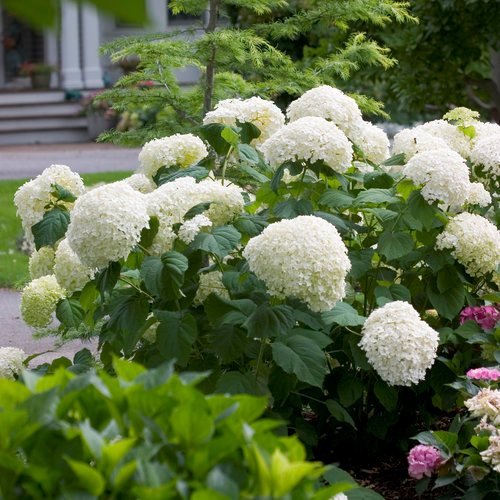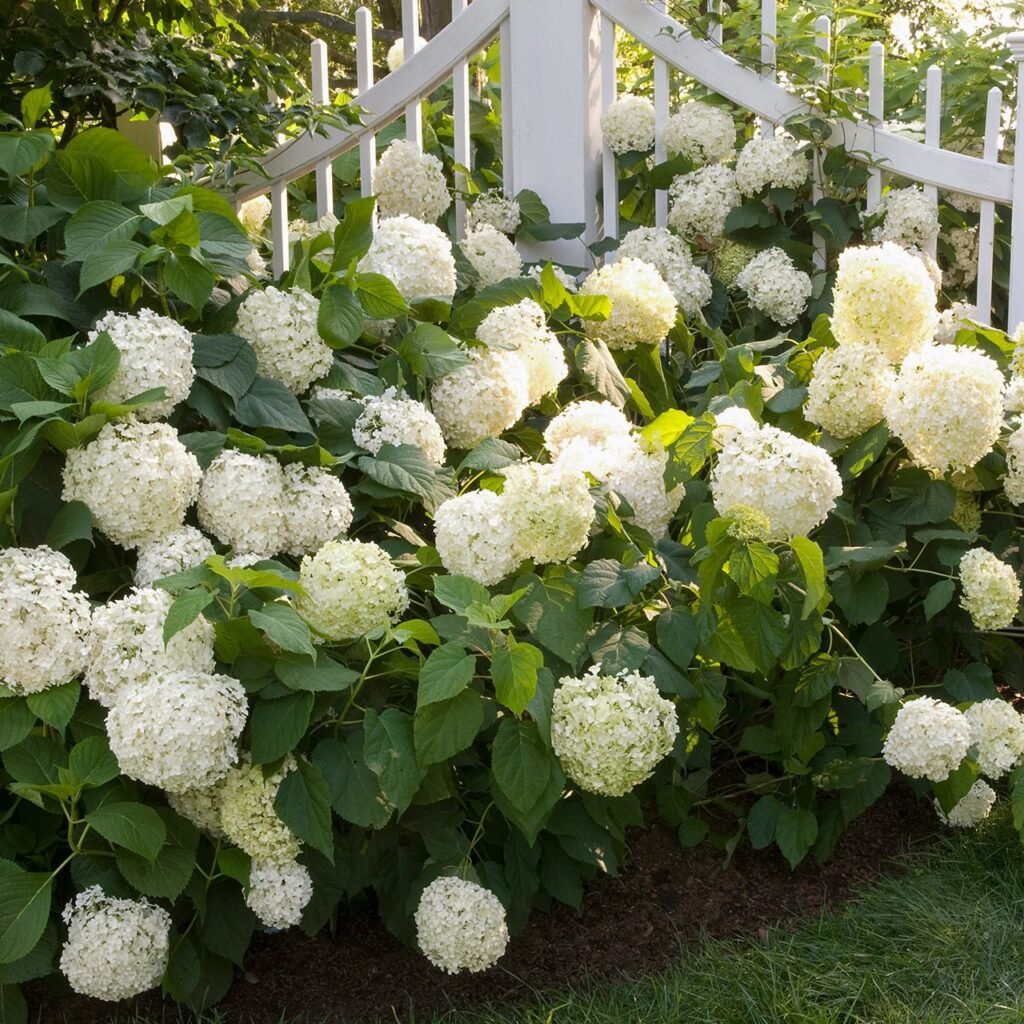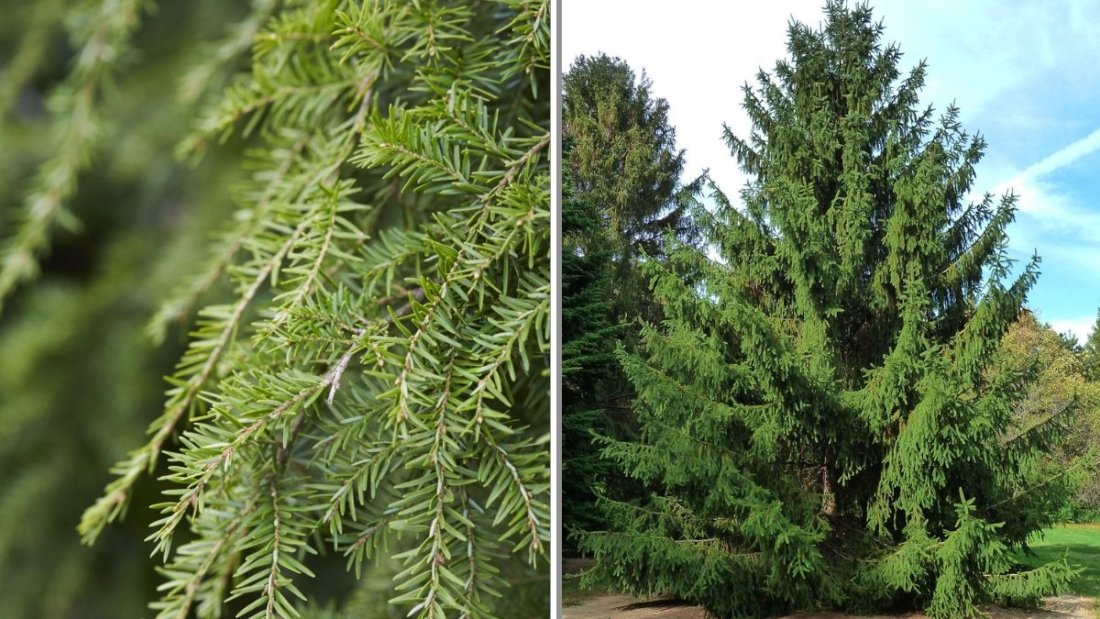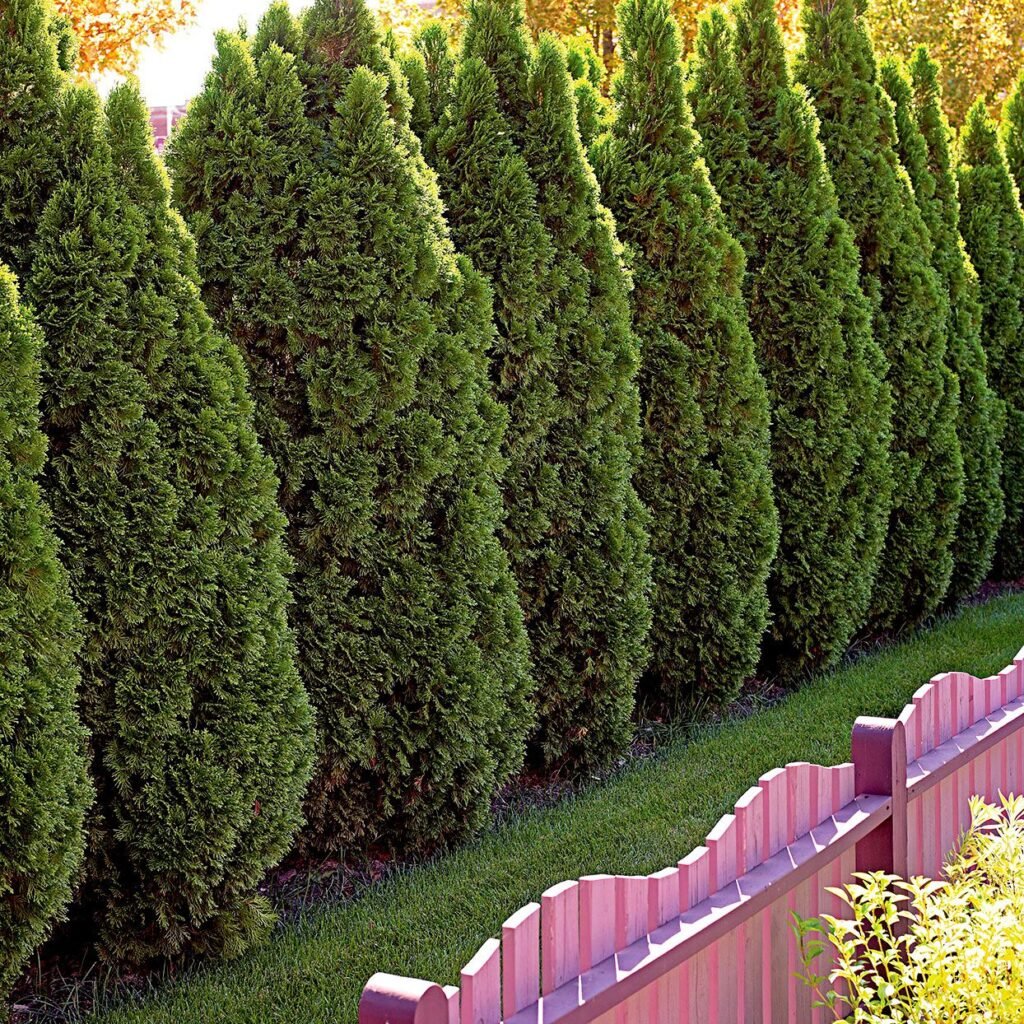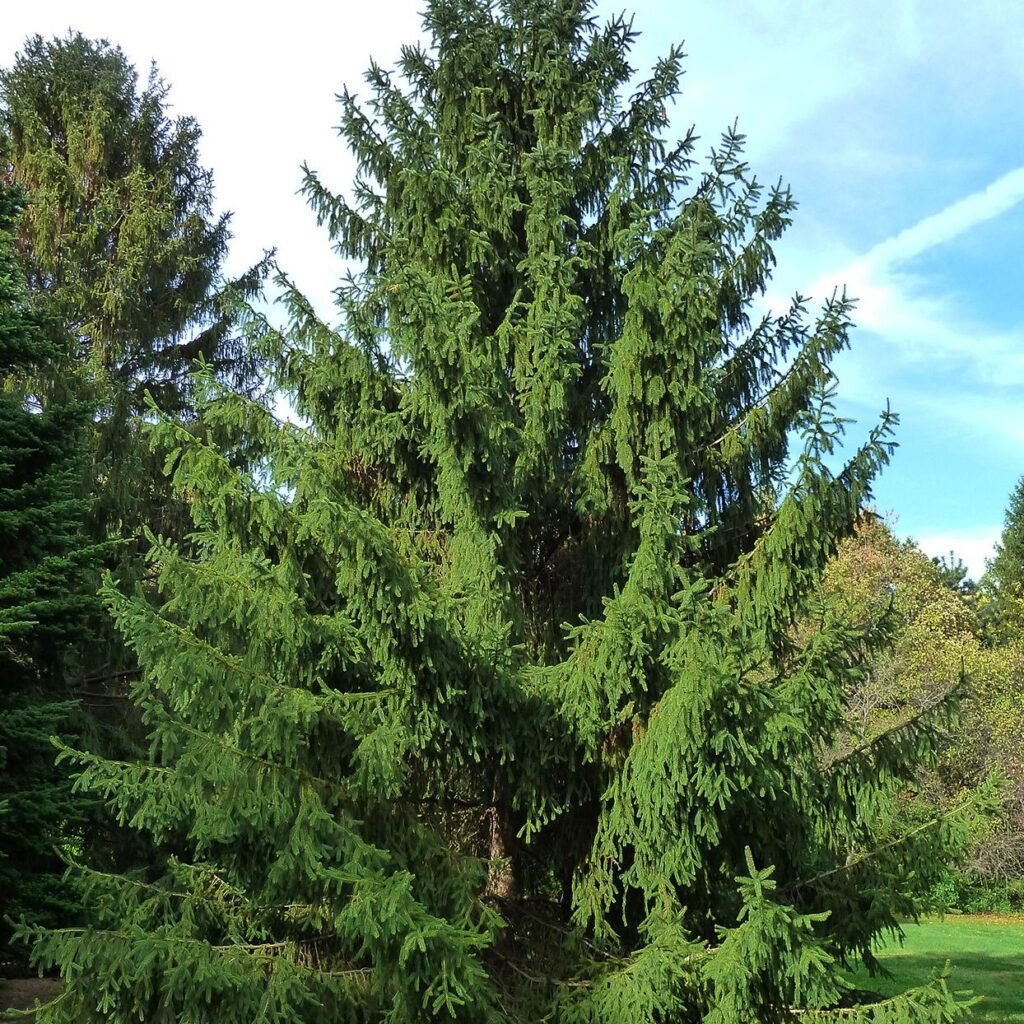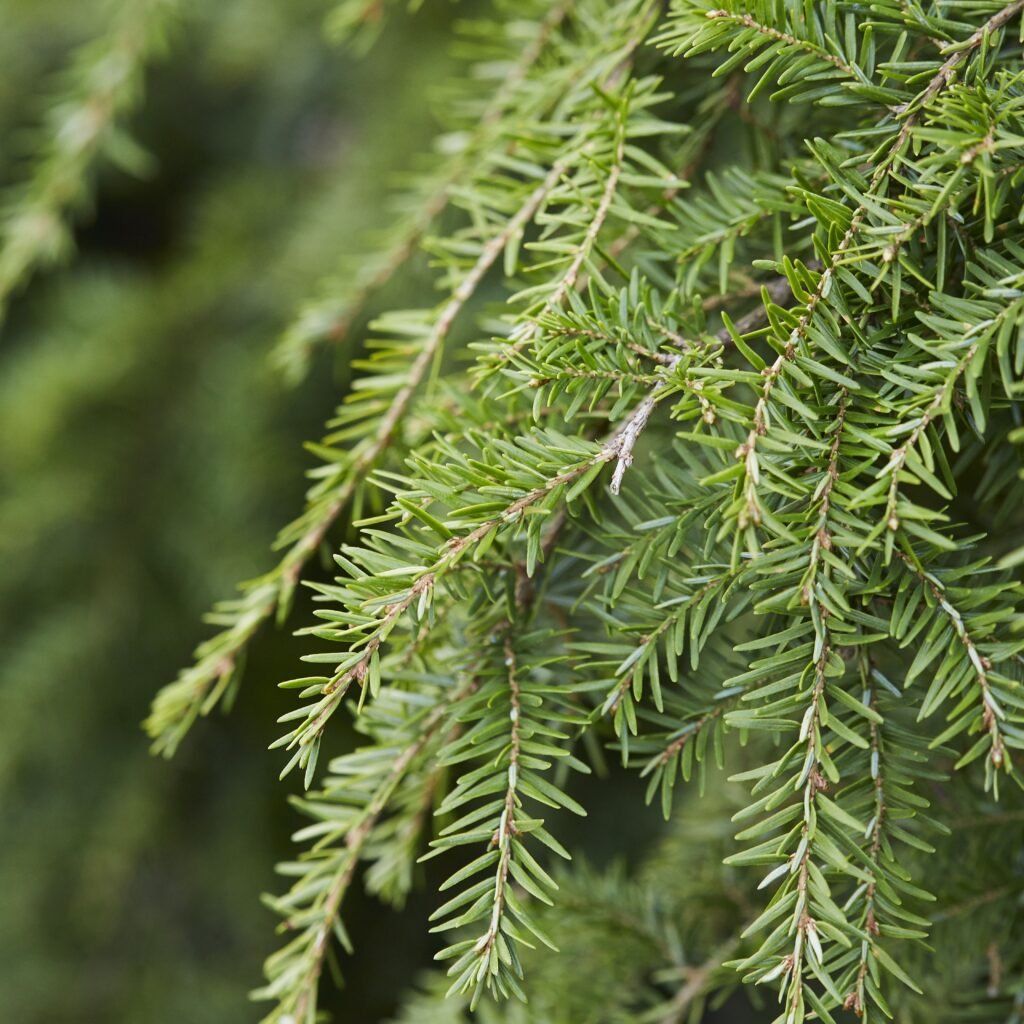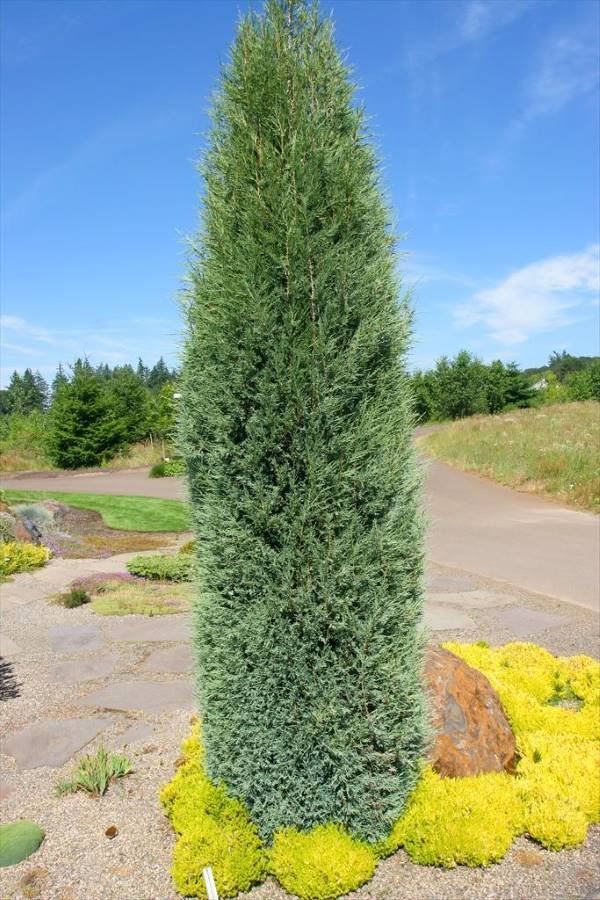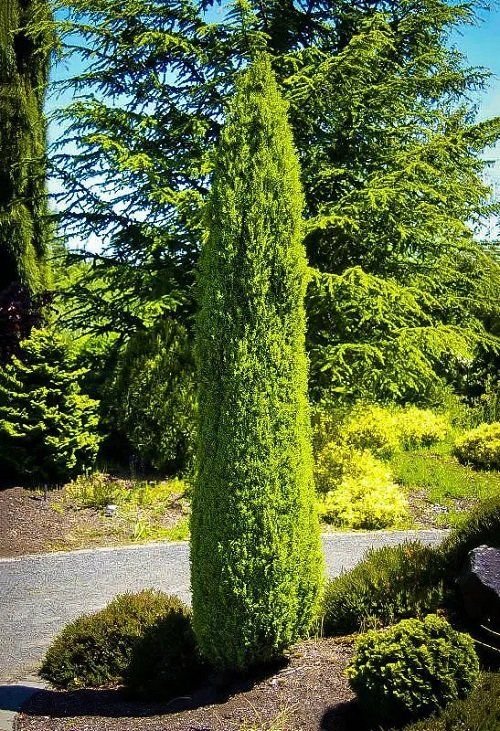Privacy is one of the most valuable elements in a backyard. Whether you’re enjoying your morning coffee, hosting a summer barbecue, or simply seeking a quiet escape, a sense of seclusion makes your outdoor space feel like a personal retreat. While fences and walls are common solutions, they often feel stark and artificial. A natural privacy wall made from plants, on the other hand, provides beauty, shade, wildlife habitat, and year-round interest—all while blending seamlessly with your landscape.
If you’re ready to swap plain barriers for lush greenery, here’s a detailed guide to the best plants for creating a natural privacy wall, along with tips for choosing the right ones for your yard.
Why Choose Plants Over Fences?
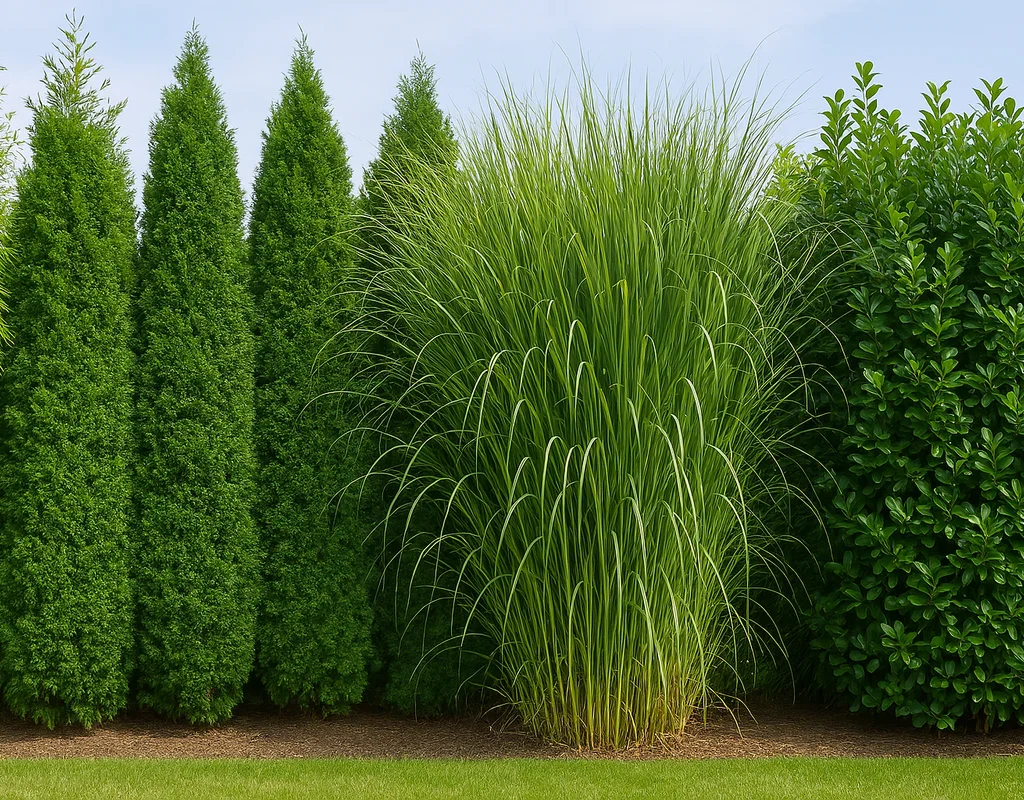
Before we get into the plant list, let’s talk about why living walls are such an attractive choice:
- Beauty: A green wall softens the look of your yard and adds seasonal color and texture.
- Versatility: Plants can be tall, short, dense, or airy depending on your needs.
- Wildlife benefits: Many shrubs and trees provide food and shelter for birds, pollinators, and beneficial insects.
- Environmental perks: Plants absorb noise, filter dust, and cool the air around your home.
- Cost-effectiveness: While the upfront investment may be similar to fencing, plants often outlast wood and vinyl with proper care.
1. Arborvitae (Thuja spp.)
One of the most popular choices for privacy hedges, arborvitae grows tall, dense, and uniform.
- Why it works: Fast-growing, evergreen, and low-maintenance. Some varieties reach 15–30 feet.
- Best use: Formal hedges or tall barriers for suburban yards.
- Care tips: Plant in full sun, give enough spacing for air circulation, and water regularly during establishment.
2. Bamboo (Clumping Varieties)
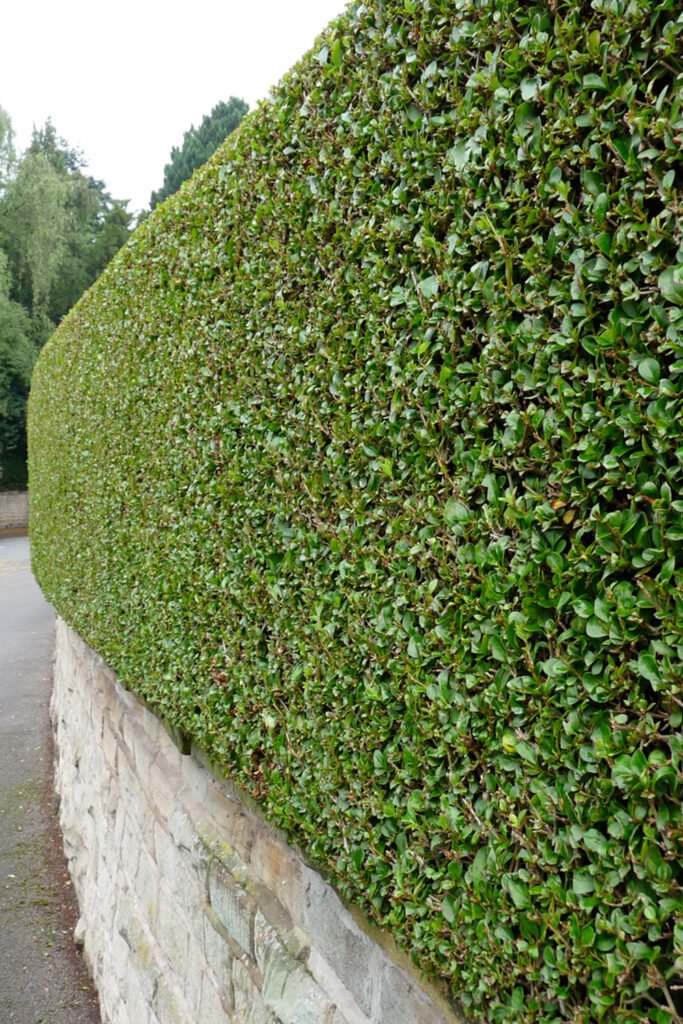
Bamboo creates a lush, exotic wall that’s especially effective in modern or Asian-inspired gardens.
- Why it works: Grows quickly, offers dense screening, and sways beautifully in the breeze.
- Best use: Narrow spaces where traditional hedges won’t fit.
- Care tips: Always choose clumping bamboo (like Fargesia) to avoid invasiveness. Plant in containers or lined beds for added control.
3. Holly (Ilex spp.)
Holly shrubs are evergreen, dense, and some produce bright berries in winter.
- Why it works: Year-round coverage with added seasonal interest from berries.
- Best use: Mixed hedges or decorative privacy walls.
- Care tips: Select male and female plants if you want berries. Keep pruned to desired height.
4. Boxwood (Buxus spp.)
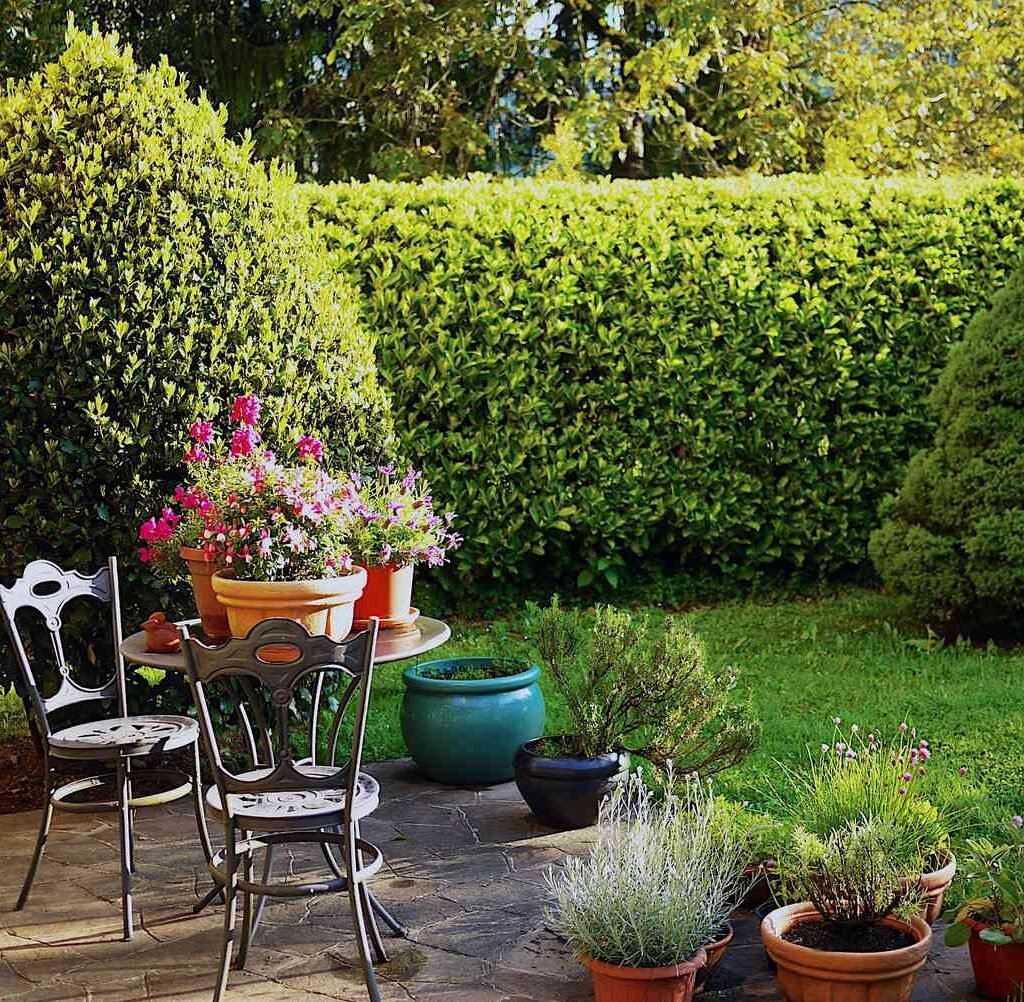
For a classic, formal privacy hedge, boxwood is a timeless choice.
- Why it works: Compact growth, evergreen foliage, and easy shaping into clean lines.
- Best use: Low- to mid-height walls in courtyards and patios.
- Care tips: Prefers partial sun, requires regular pruning, and benefits from mulching to retain soil moisture.
5. Privet (Ligustrum spp.)
Privet hedges are valued for their rapid growth and thick foliage.
- Why it works: Creates a dense, tall hedge quickly, often reaching 10–15 feet.
- Best use: Large properties where fast results are needed.
- Care tips: Needs annual pruning to maintain shape. In some areas, check for invasive varieties before planting.
6. Leyland Cypress (Cupressus × leylandii)
Leyland cypress is another go-to evergreen for tall privacy screens.
- Why it works: Extremely fast-growing, often 3–4 feet per year under good conditions.
- Best use: Long property lines or windbreaks.
- Care tips: Requires consistent pruning to prevent overgrowth. Watch for crowding, which can lead to disease.
7. Hydrangeas (Hydrangea paniculata and H. arborescens)
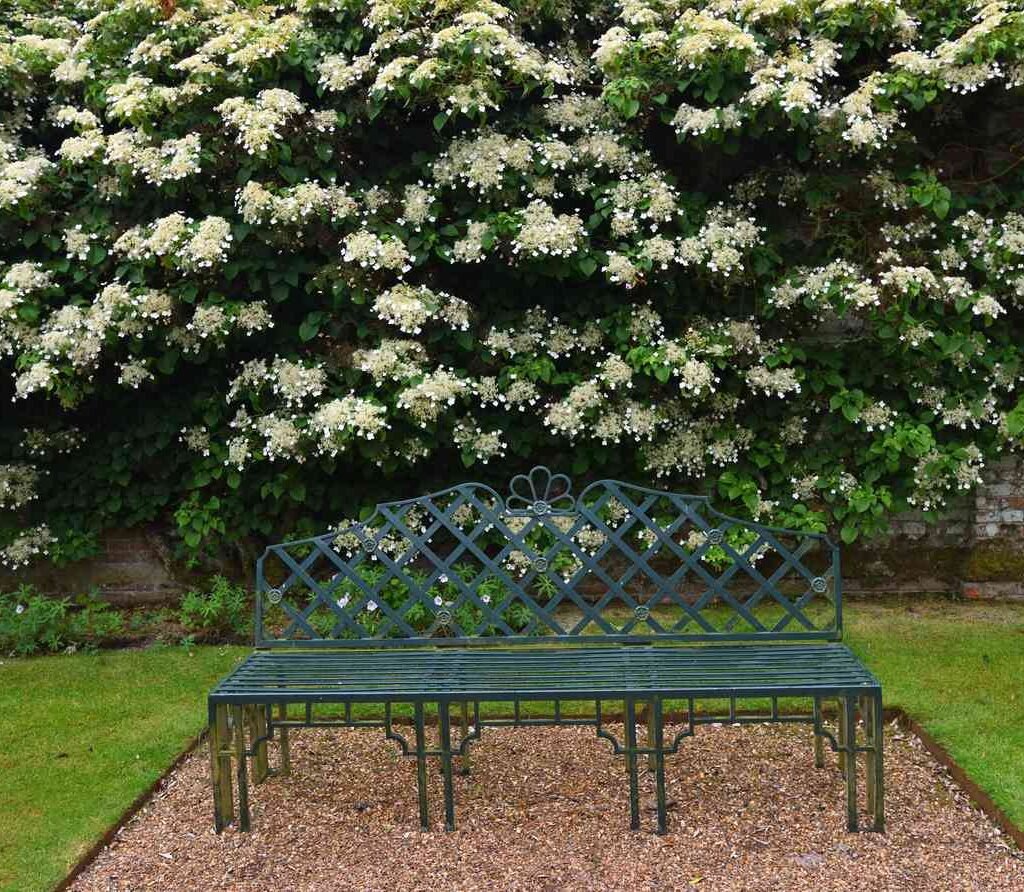
For a more seasonal, flowering privacy wall, hydrangeas provide lush coverage.
- Why it works: Big, showy blooms in summer, dense foliage during the growing season.
- Best use: Patio edges or mixed privacy borders.
- Care tips: Grow in partial sun and provide consistent moisture. Prune in late winter for best blooms.
8. Forsythia
A cheerful spring bloomer, forsythia creates a fast-growing hedge with brilliant yellow flowers.
- Why it works: Quick to establish, colorful, and dense in summer.
- Best use: Informal hedges or natural screens.
- Care tips: Prune right after flowering to maintain shape and encourage next year’s blooms.
9. Bamboo-like Grasses (Miscanthus, Pampas Grass, Switchgrass)
If you want movement and texture, tall ornamental grasses make excellent natural dividers.
- Why it works: Low-maintenance, hardy, and adds a contemporary look.
- Best use: Seasonal screening in sunny areas.
- Care tips: Cut back in late winter to make room for fresh growth in spring.
10. Climbing Plants (Ivy, Clematis, Honeysuckle)
For small spaces, climbing plants trained on trellises can form a vertical privacy wall.
- Why it works: Efficient use of space, quick coverage, and seasonal flowers.
- Best use: Balconies, patios, or areas where ground space is limited.
- Care tips: Provide sturdy trellises and guide young vines as they grow.
Tips for Choosing the Right Privacy Plants
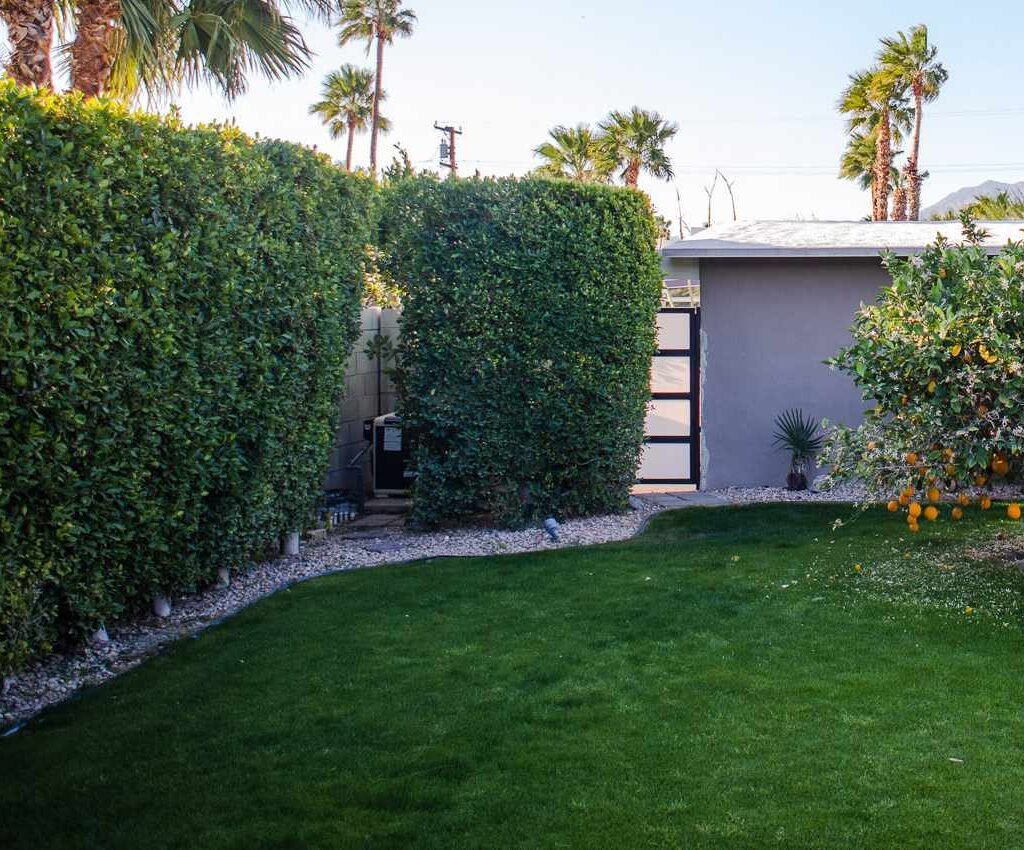
- Consider height and width: Match plant size to the space you want screened.
- Think about maintenance: Do you want a low-maintenance wall (like arborvitae) or don’t mind pruning (like privet or boxwood)?
- Factor in climate: Not all evergreens thrive in every region—choose species suited to your local zone.
- Decide on year-round vs. seasonal privacy: Evergreens give constant coverage, while flowering shrubs offer beauty but may go bare in winter.
Design Ideas for Natural Privacy Walls
- Mixed hedges: Combine evergreens with flowering shrubs for year-round interest.
- Layering: Plant tall trees in the back, medium shrubs in the middle, and grasses in front for depth.
- Pathways and focal points: Break up long hedges with gates, stone pathways, or seating alcoves.
Final Thoughts
A natural privacy wall adds far more than seclusion—it transforms your outdoor space into a green retreat filled with beauty, seasonal color, and even visiting wildlife. Whether you prefer the formal elegance of boxwood, the fast growth of Leyland cypress, or the soft textures of ornamental grasses, there’s a plant solution for every style and space.
By carefully selecting the right plants and designing with both function and aesthetics in mind, you can create a living barrier that shields, soothes, and enhances your backyard for years to come.
